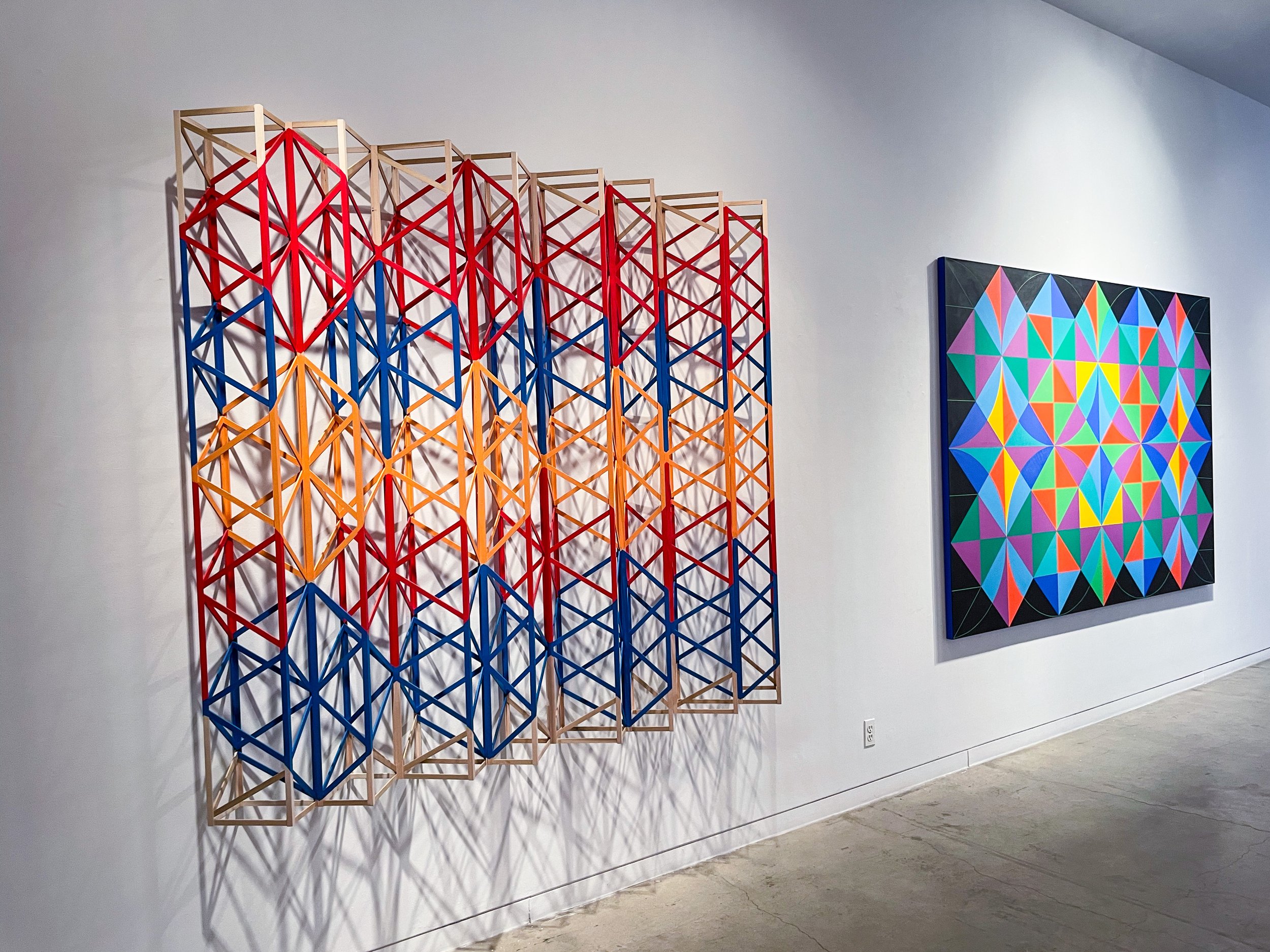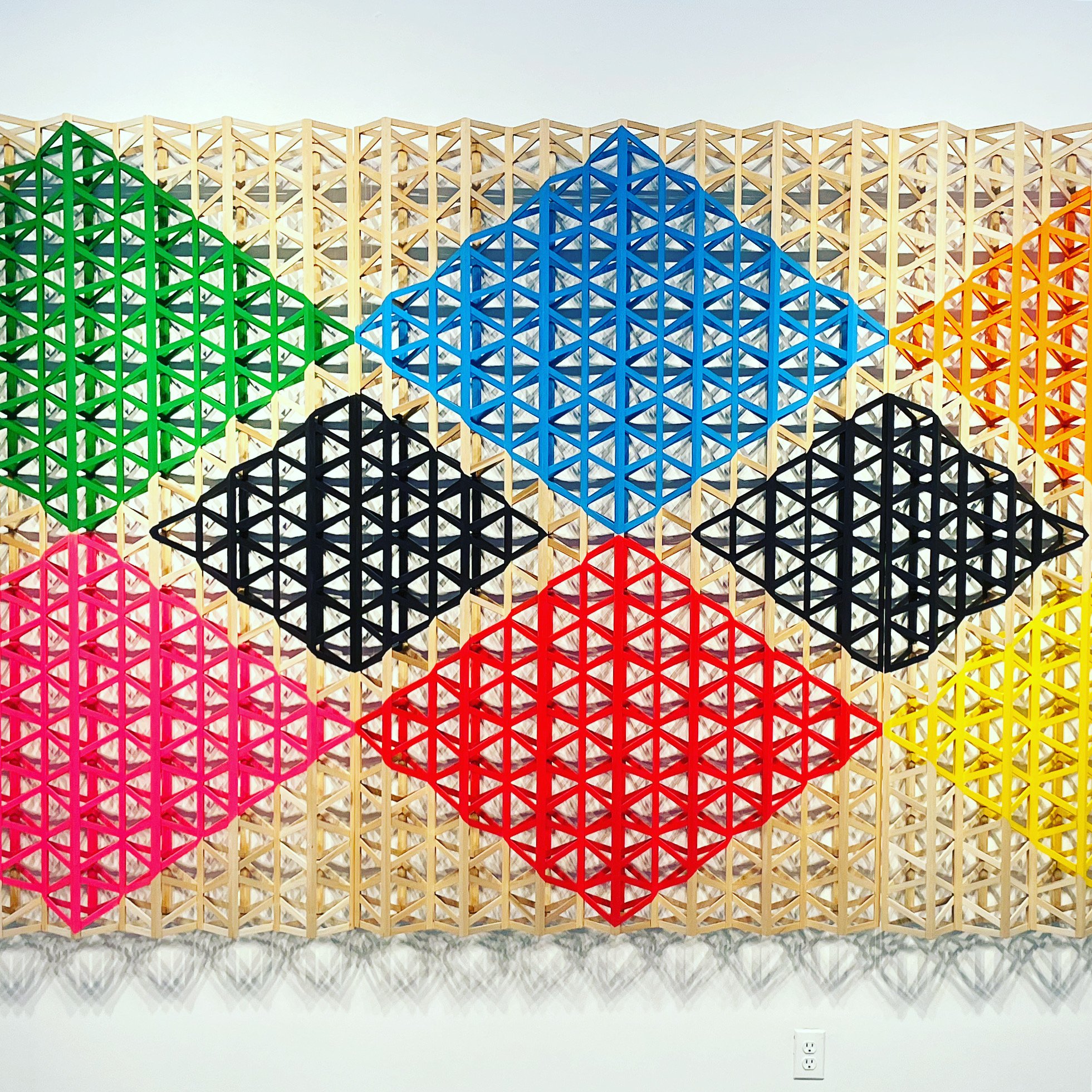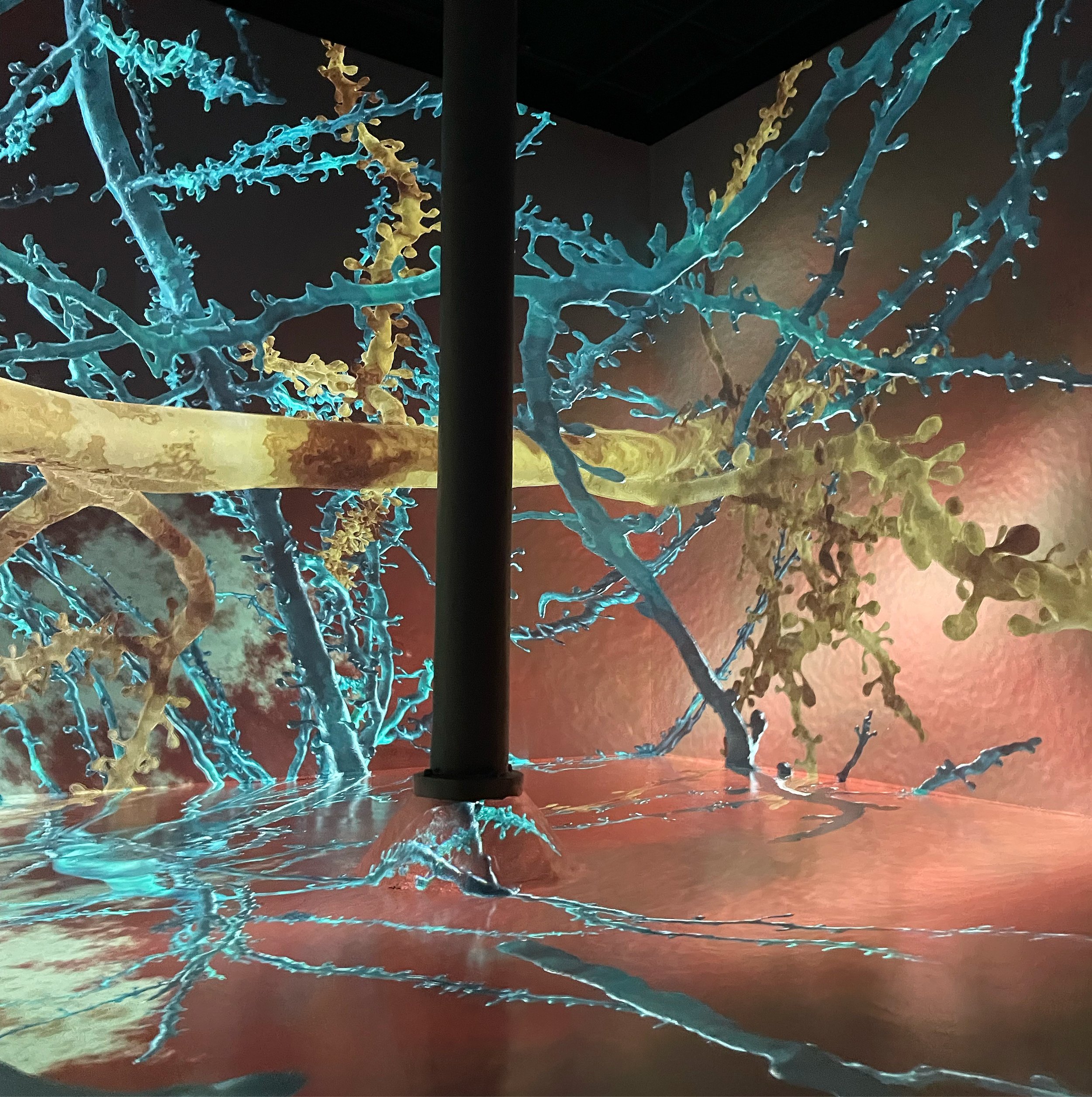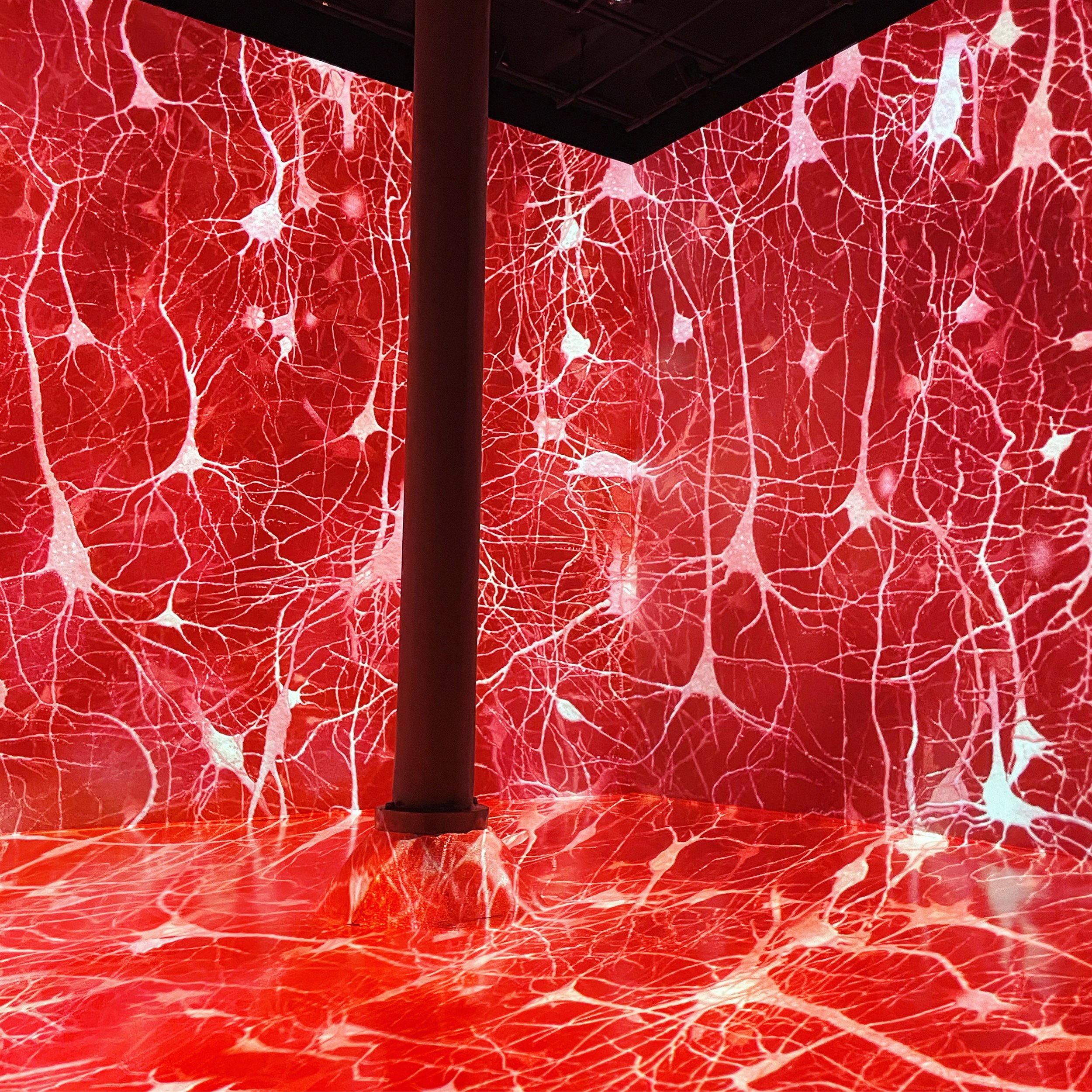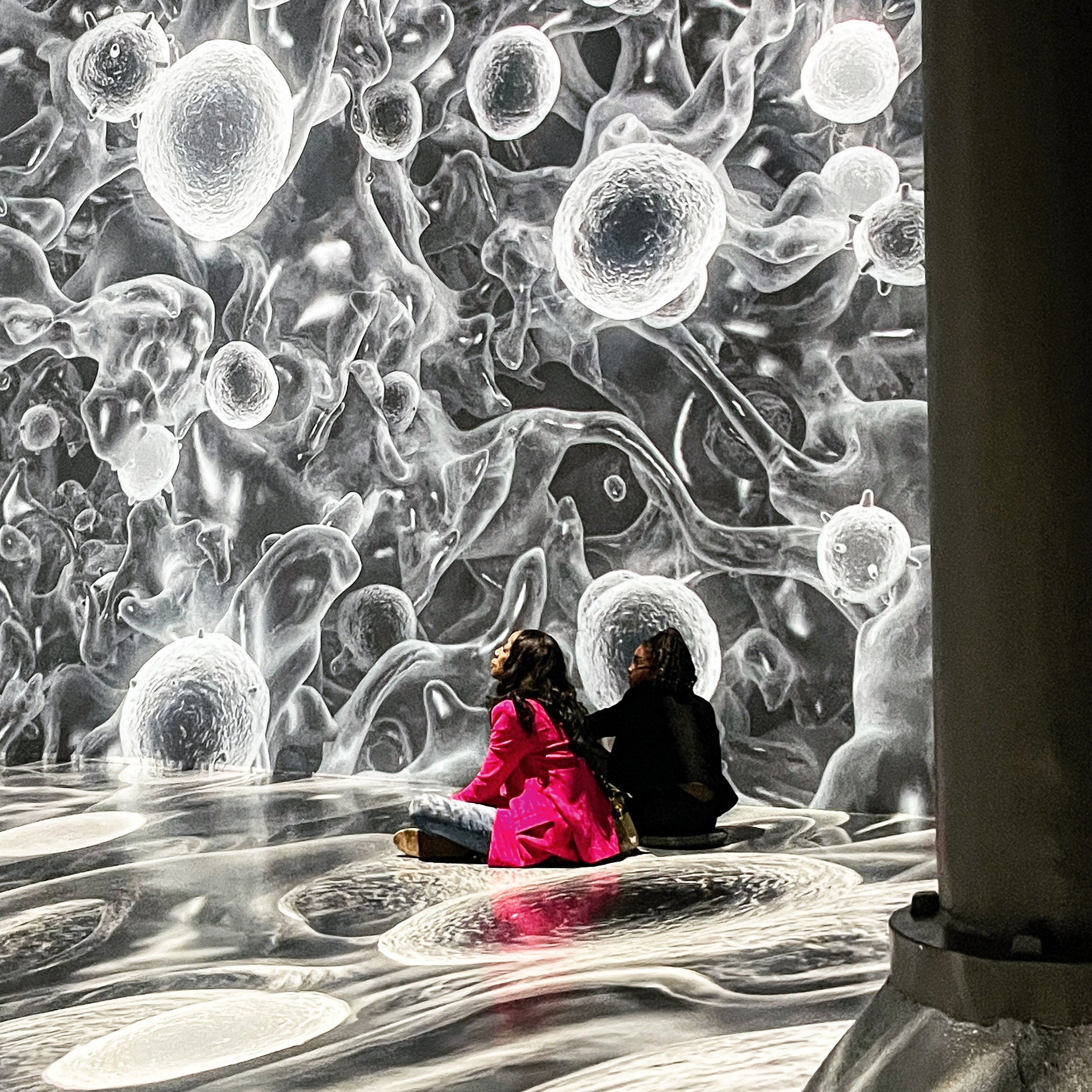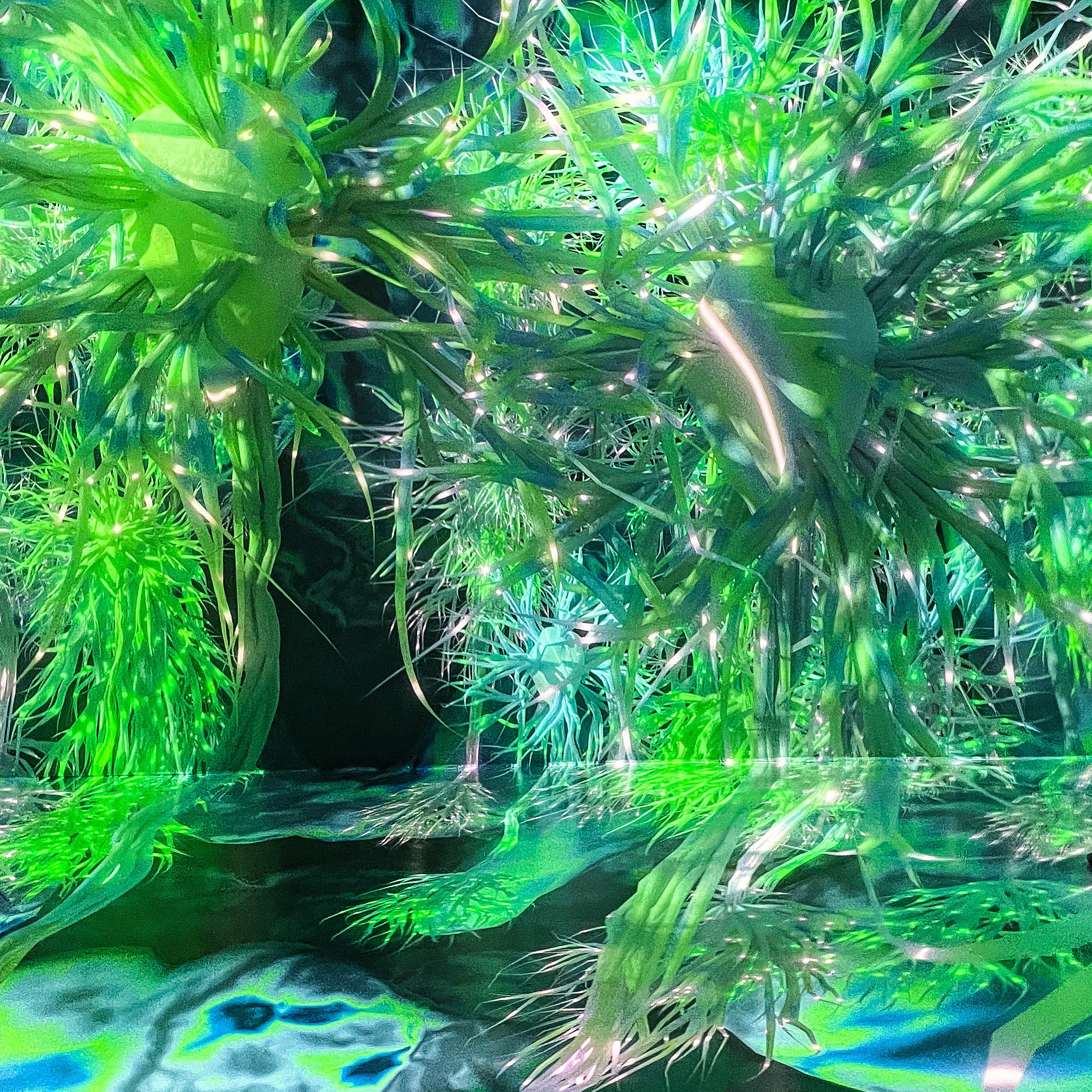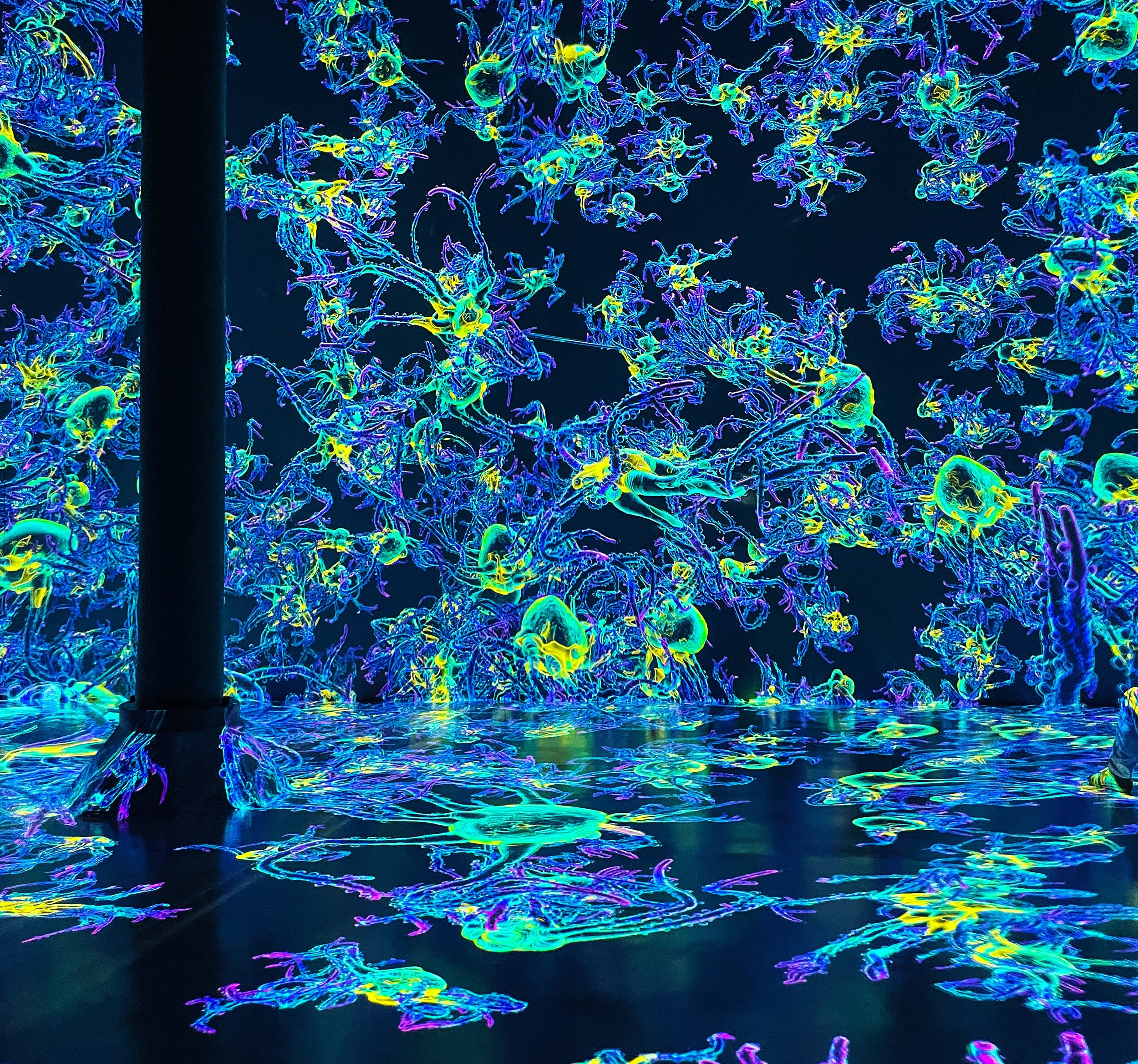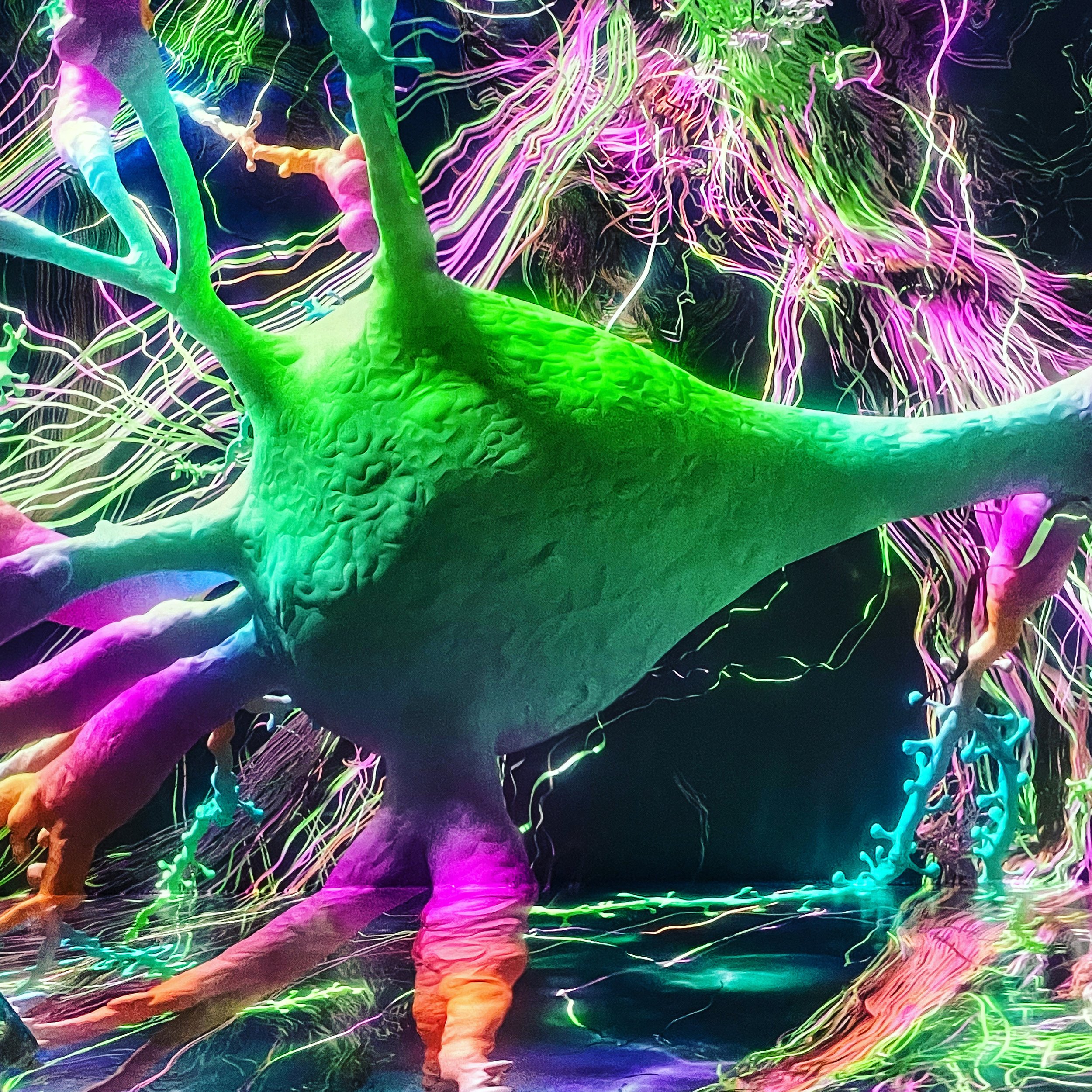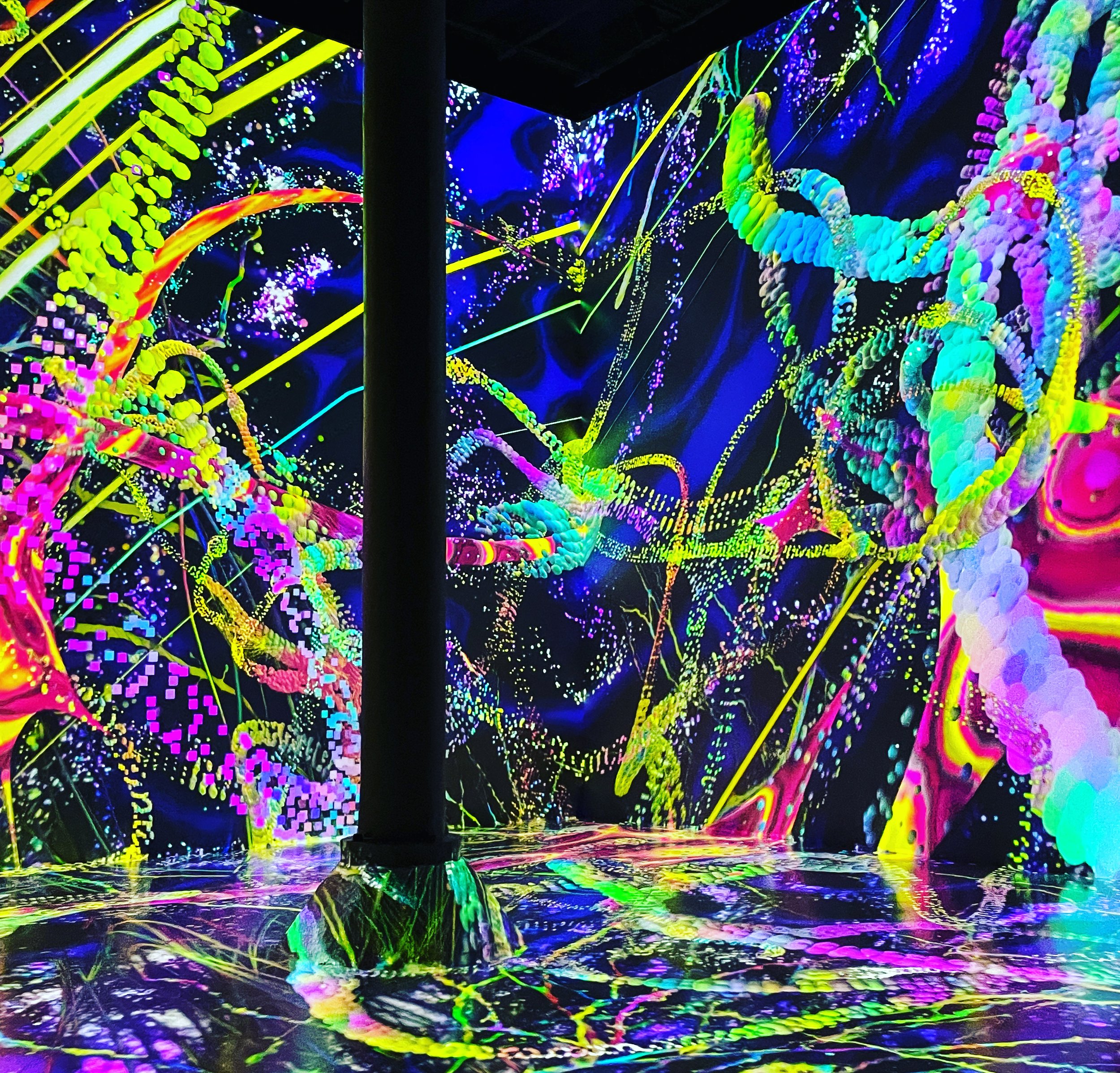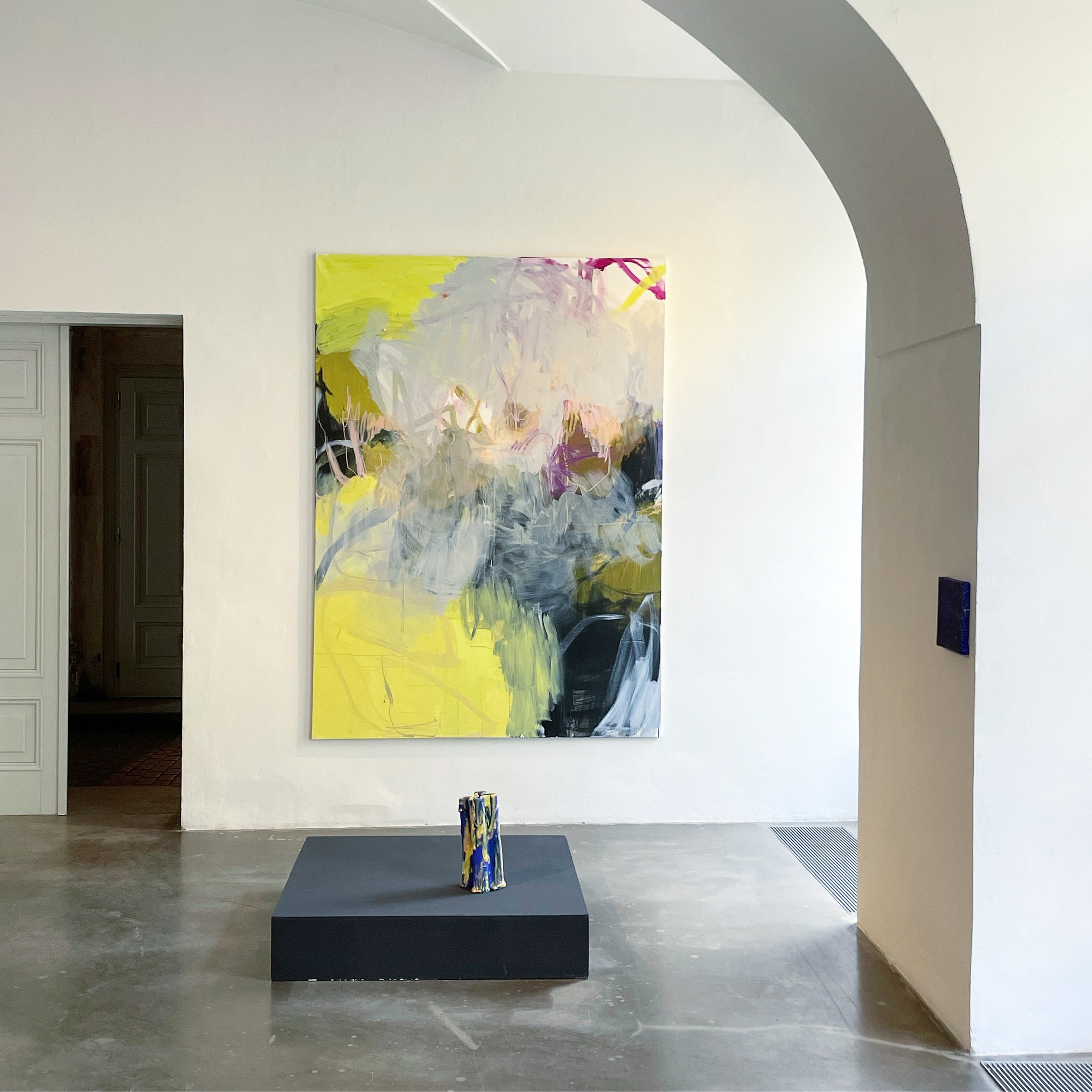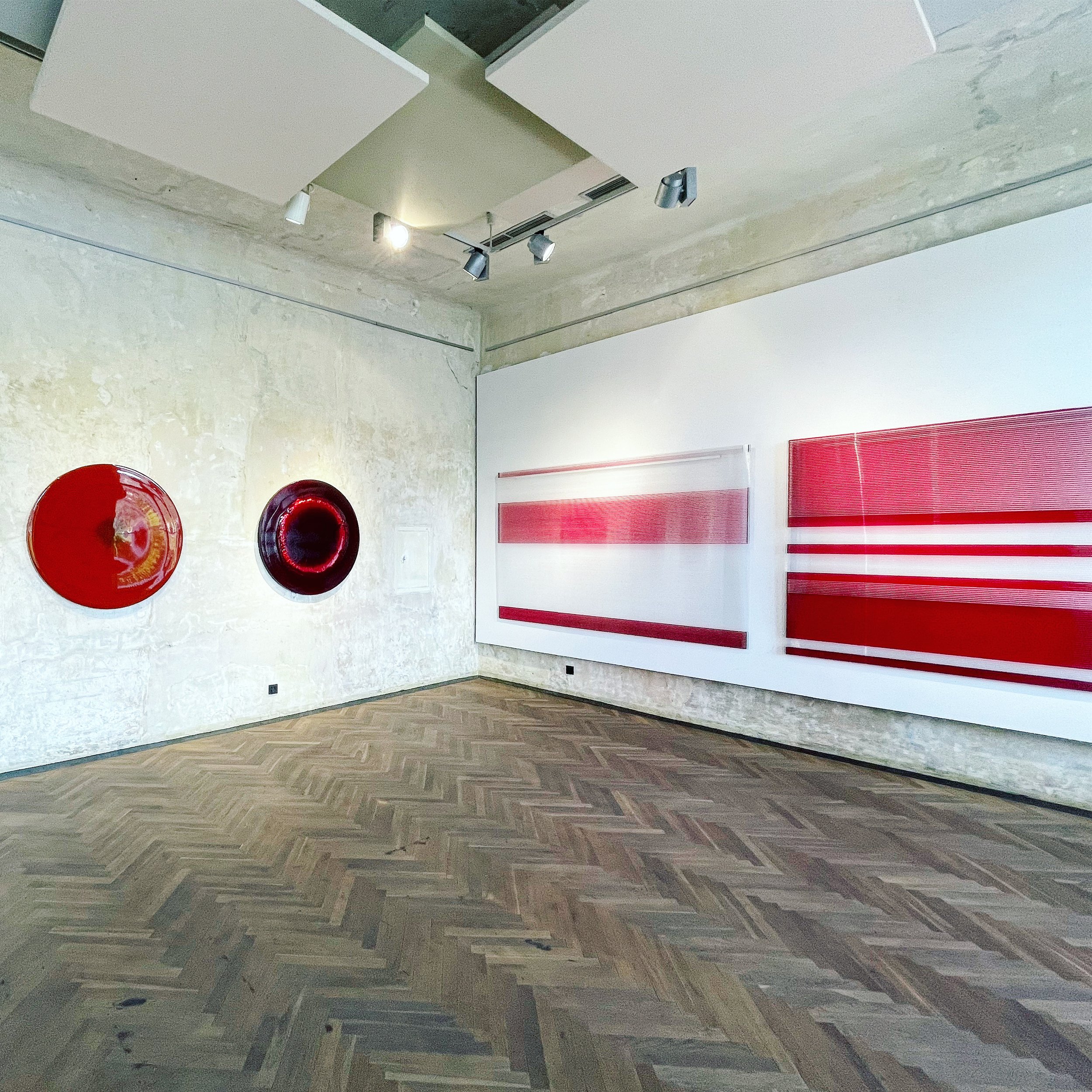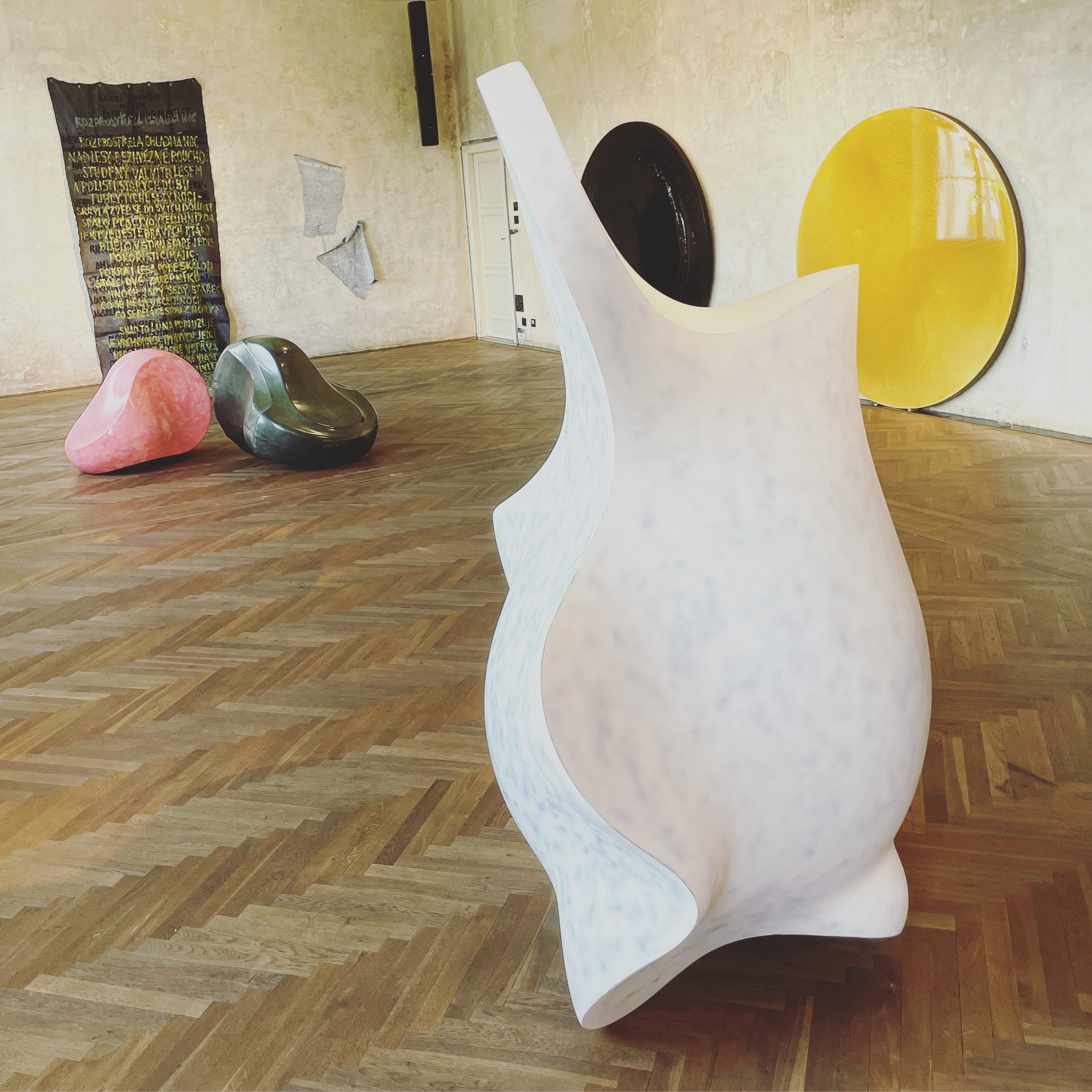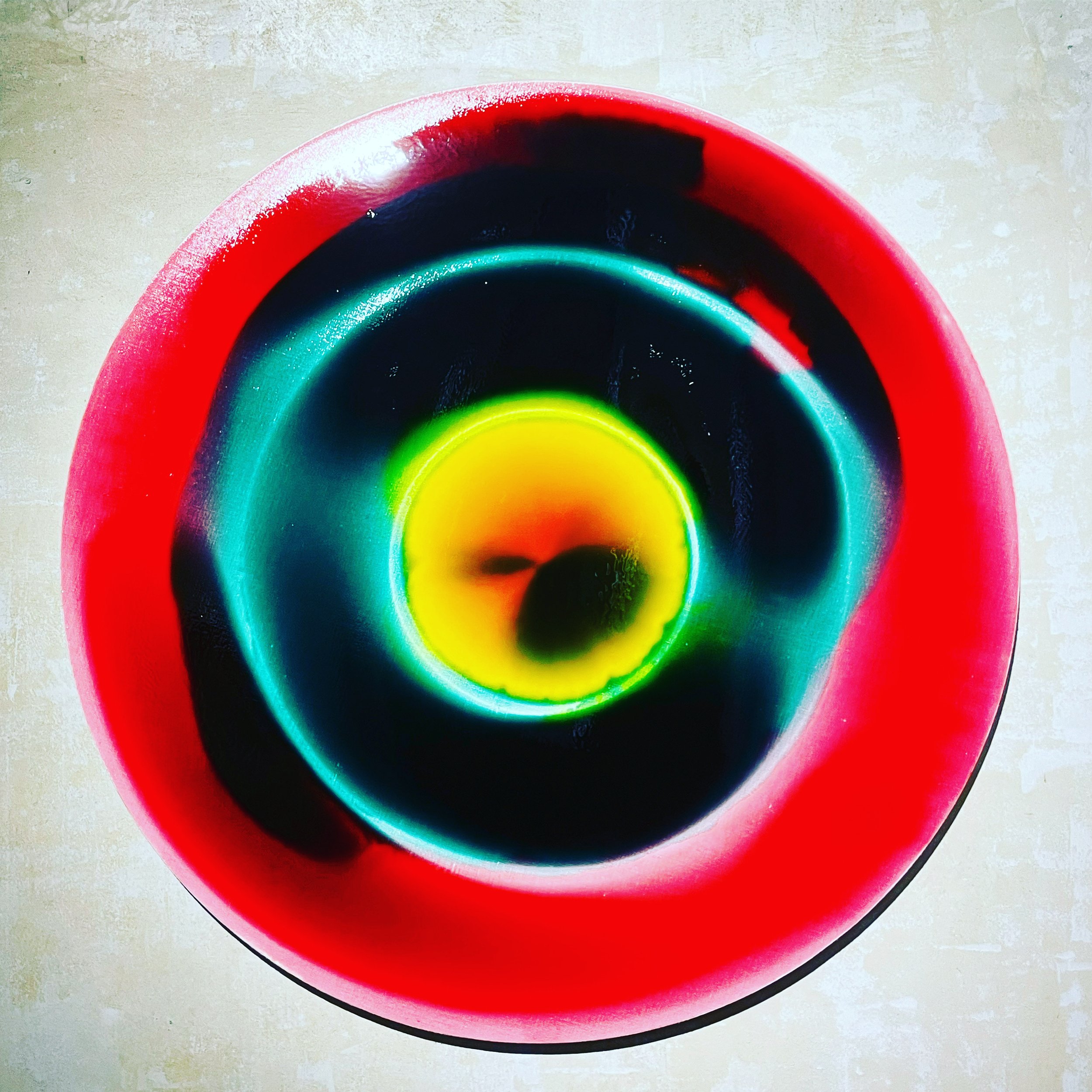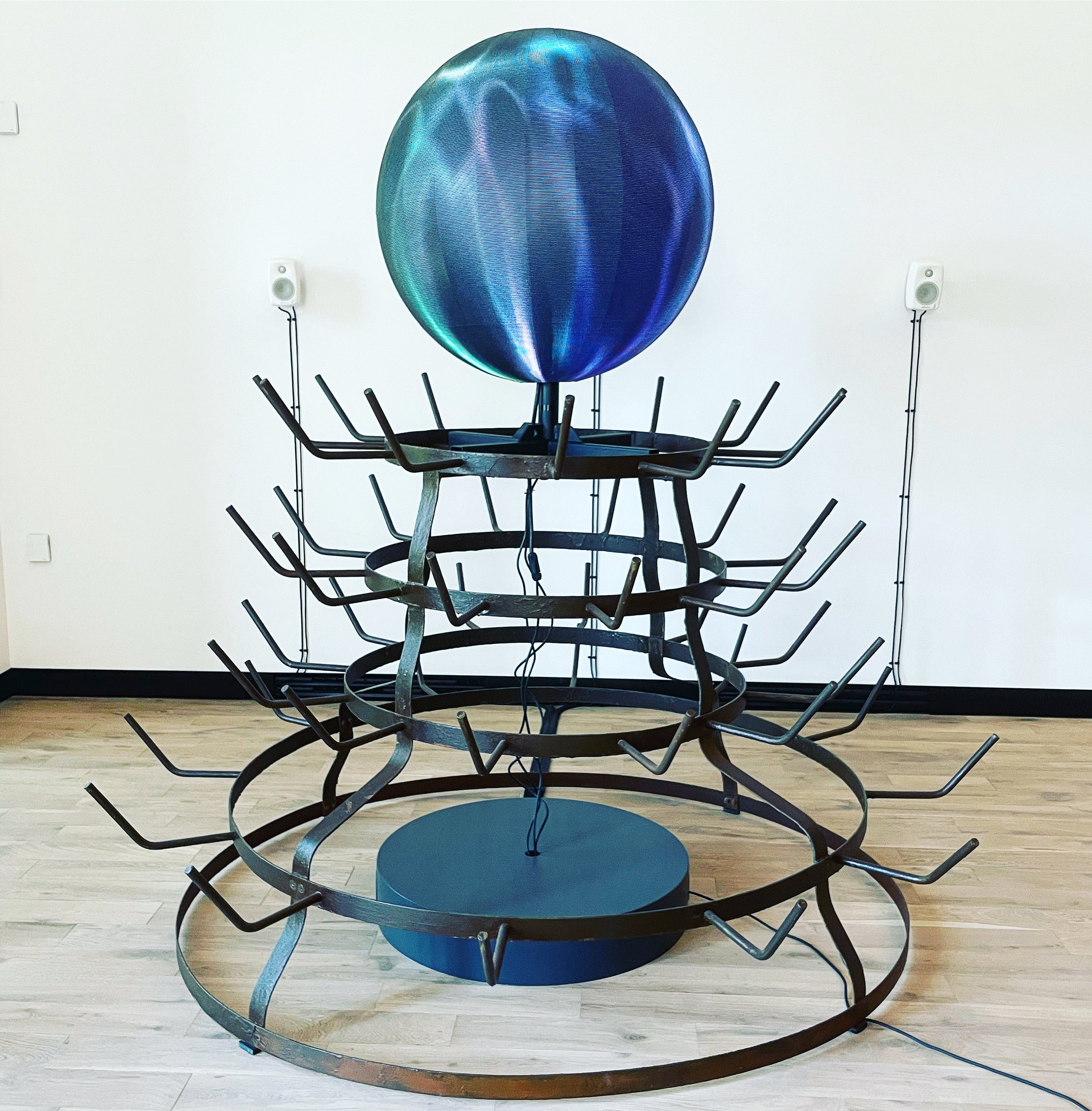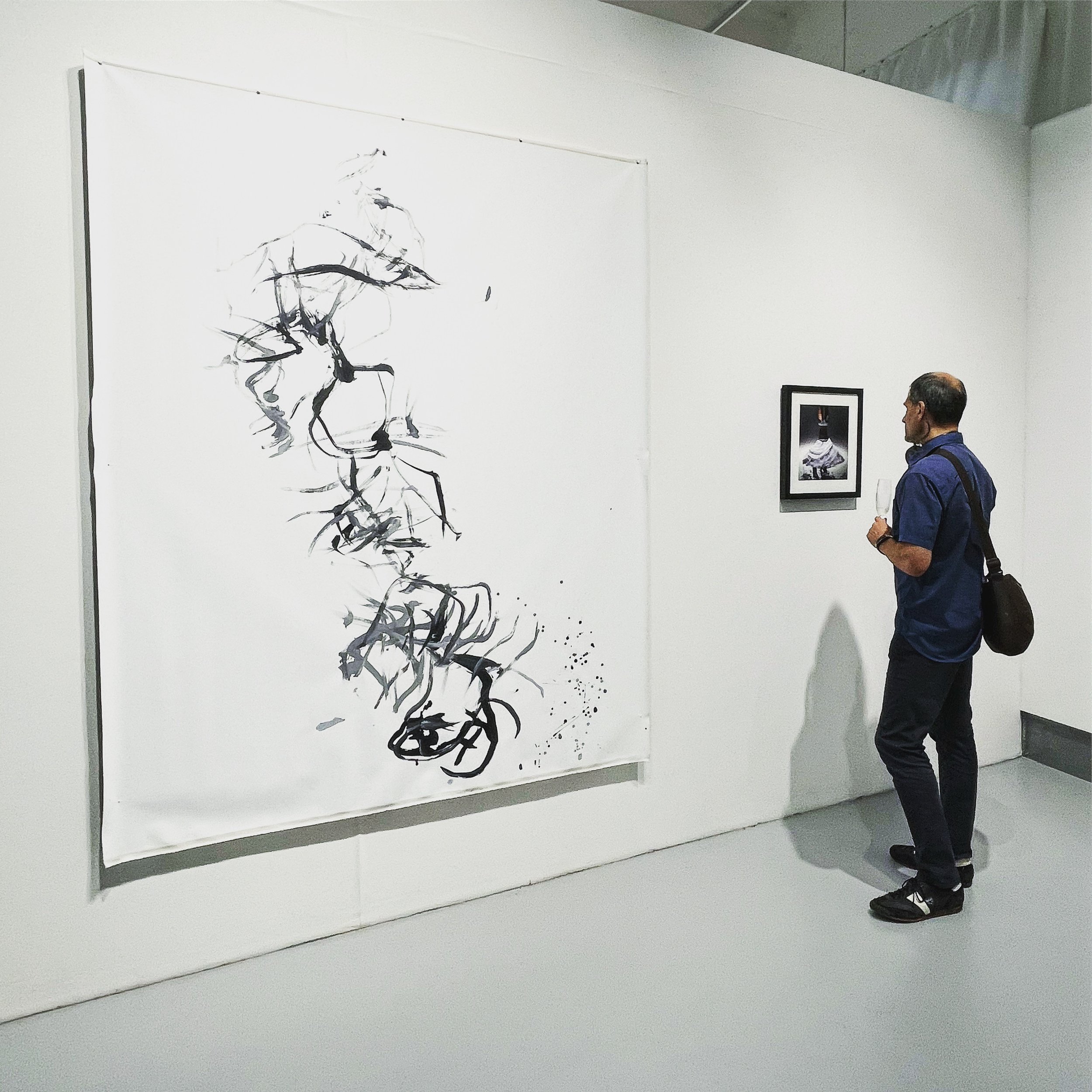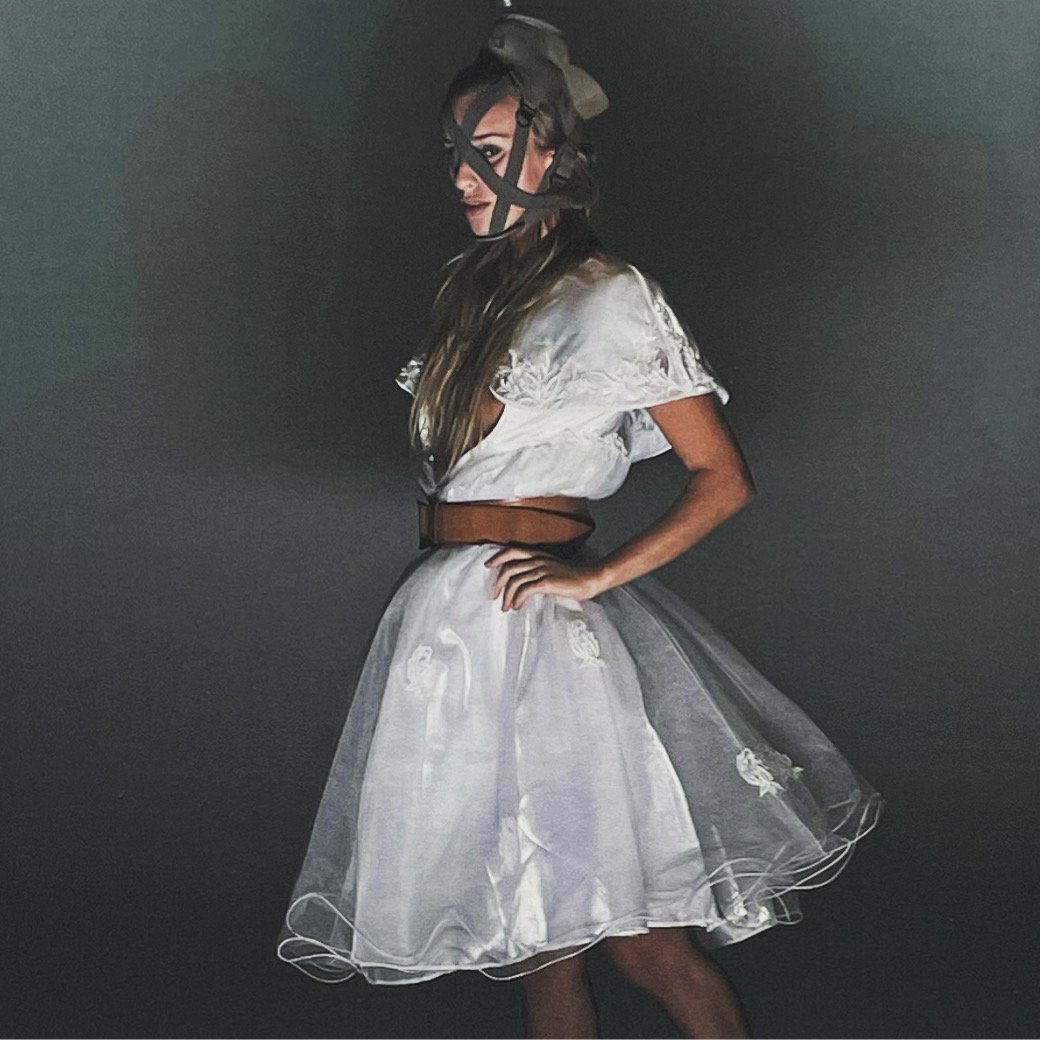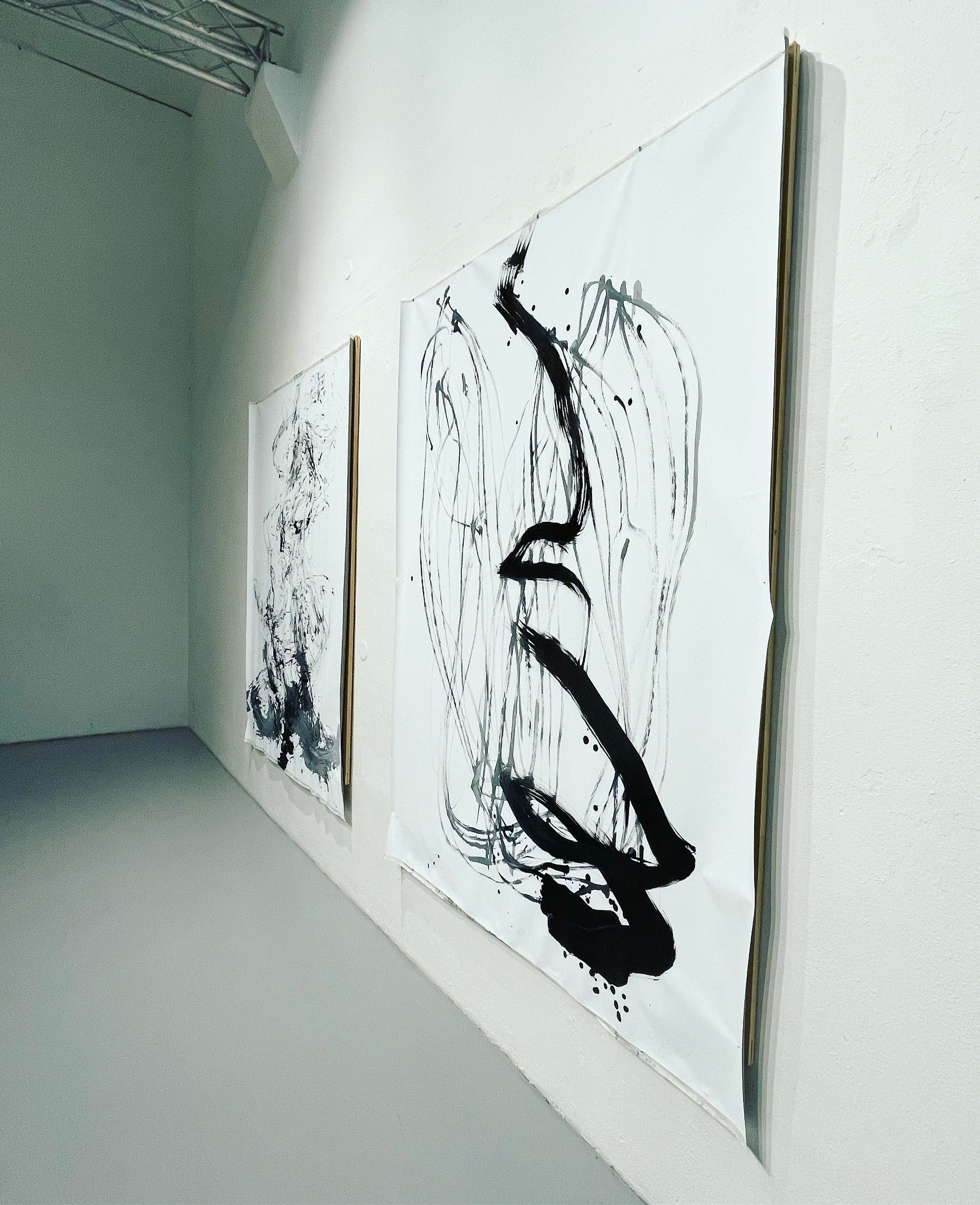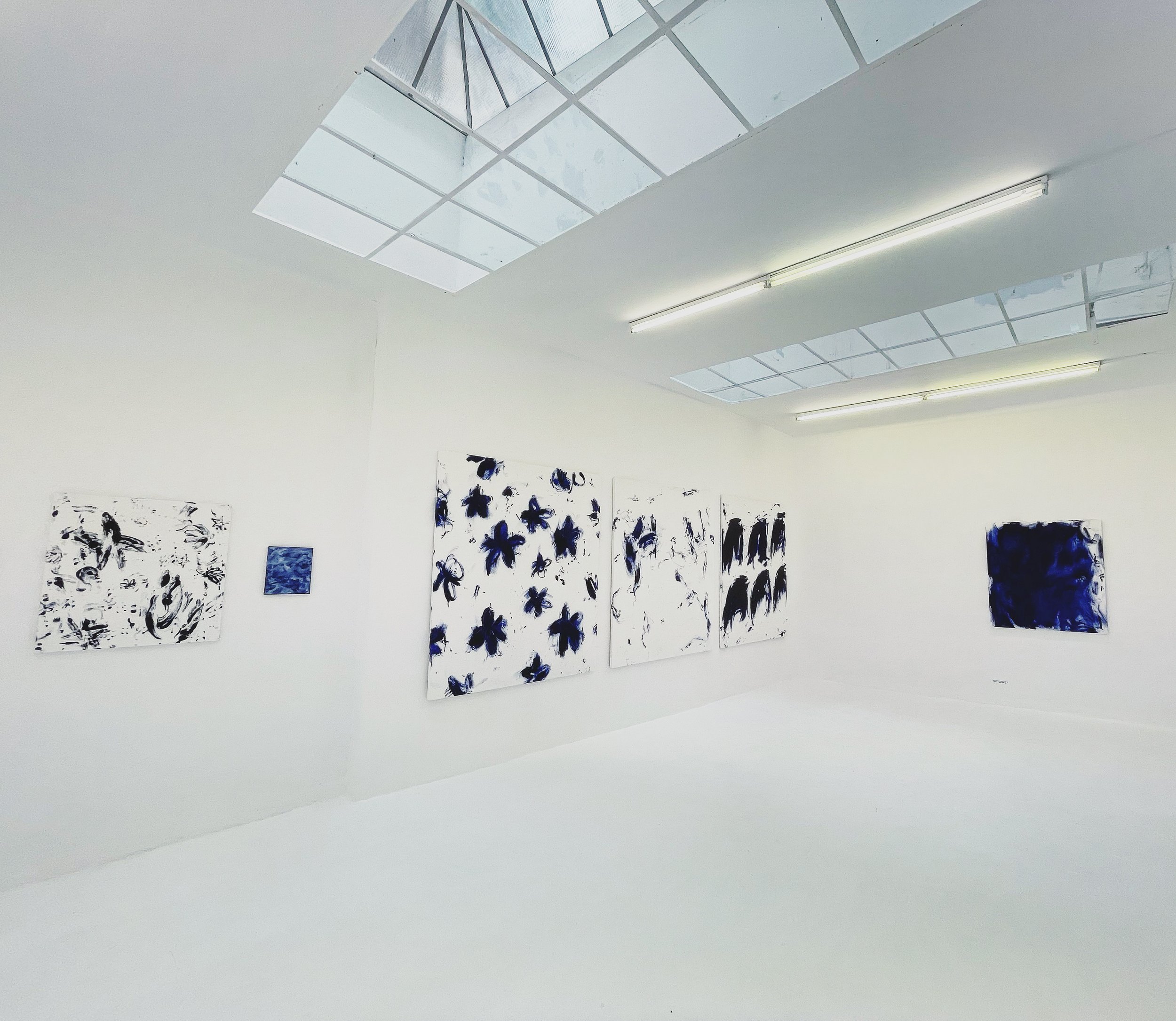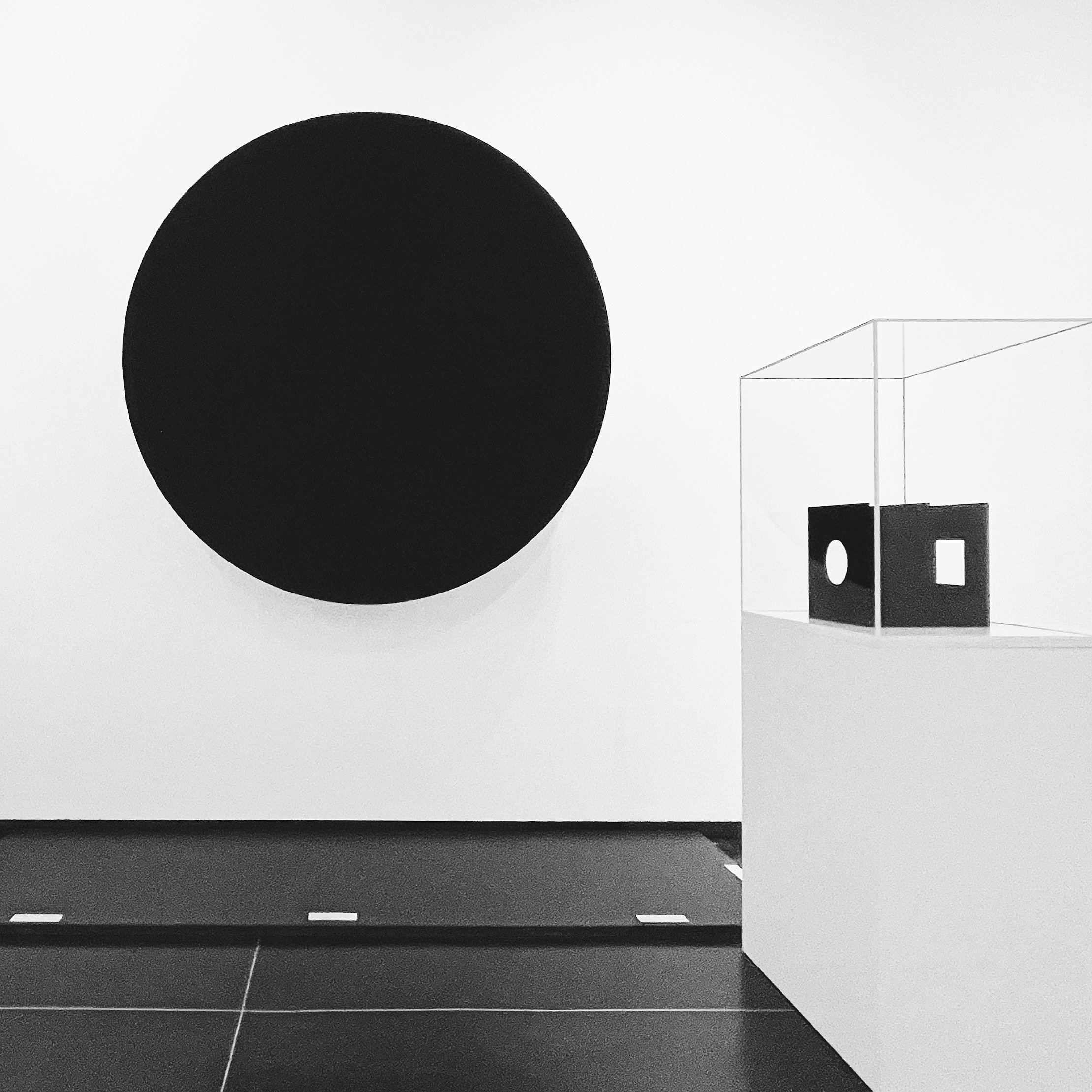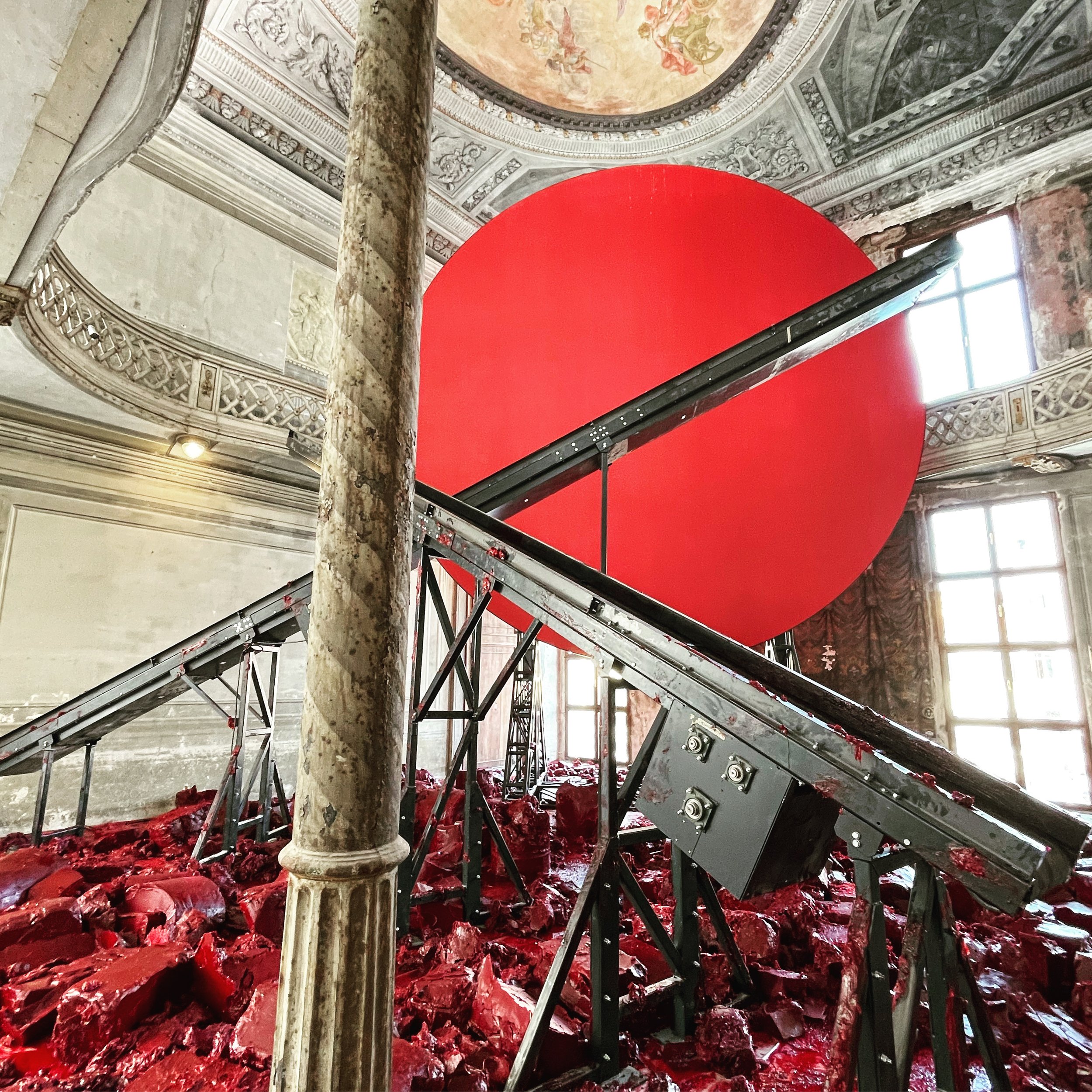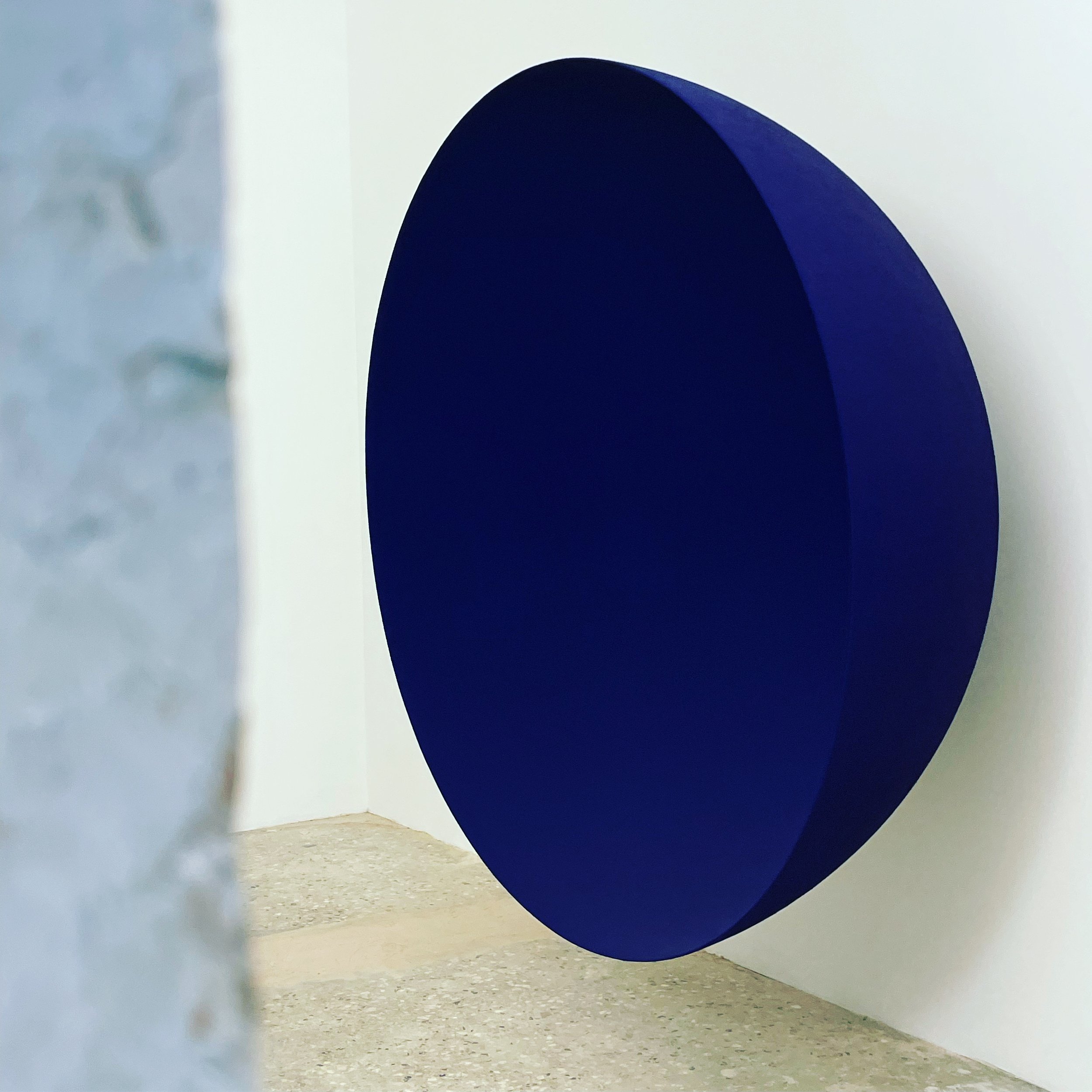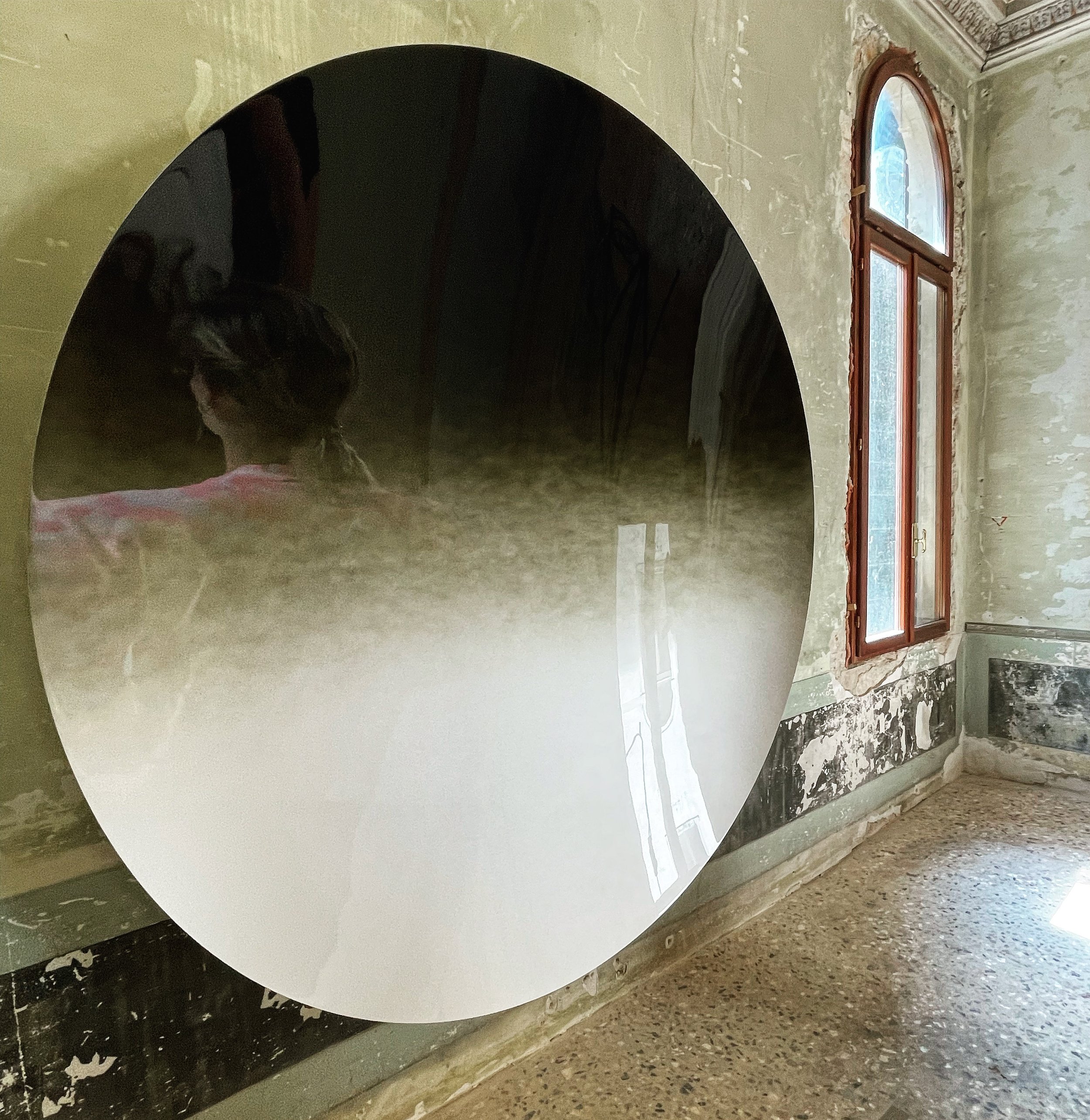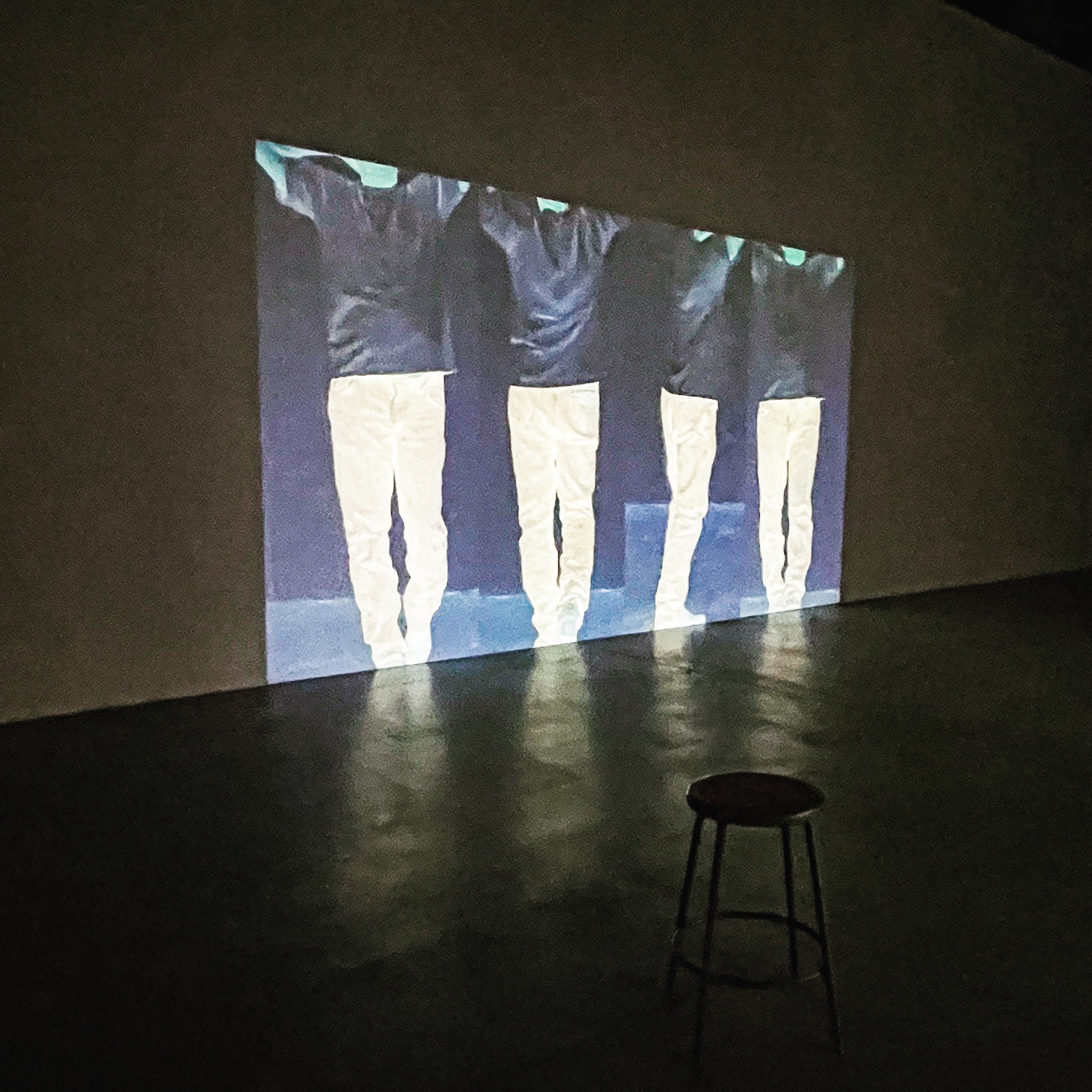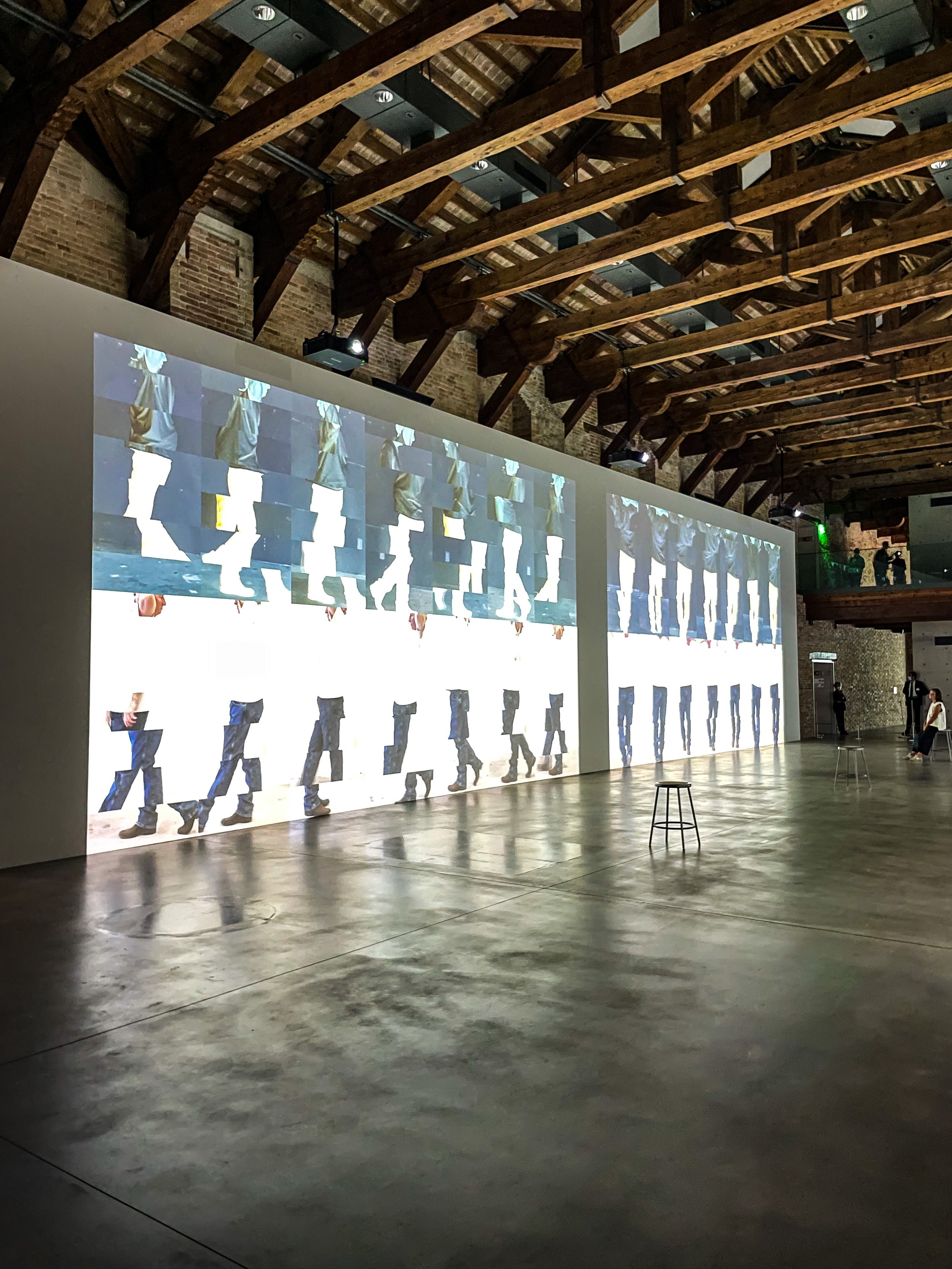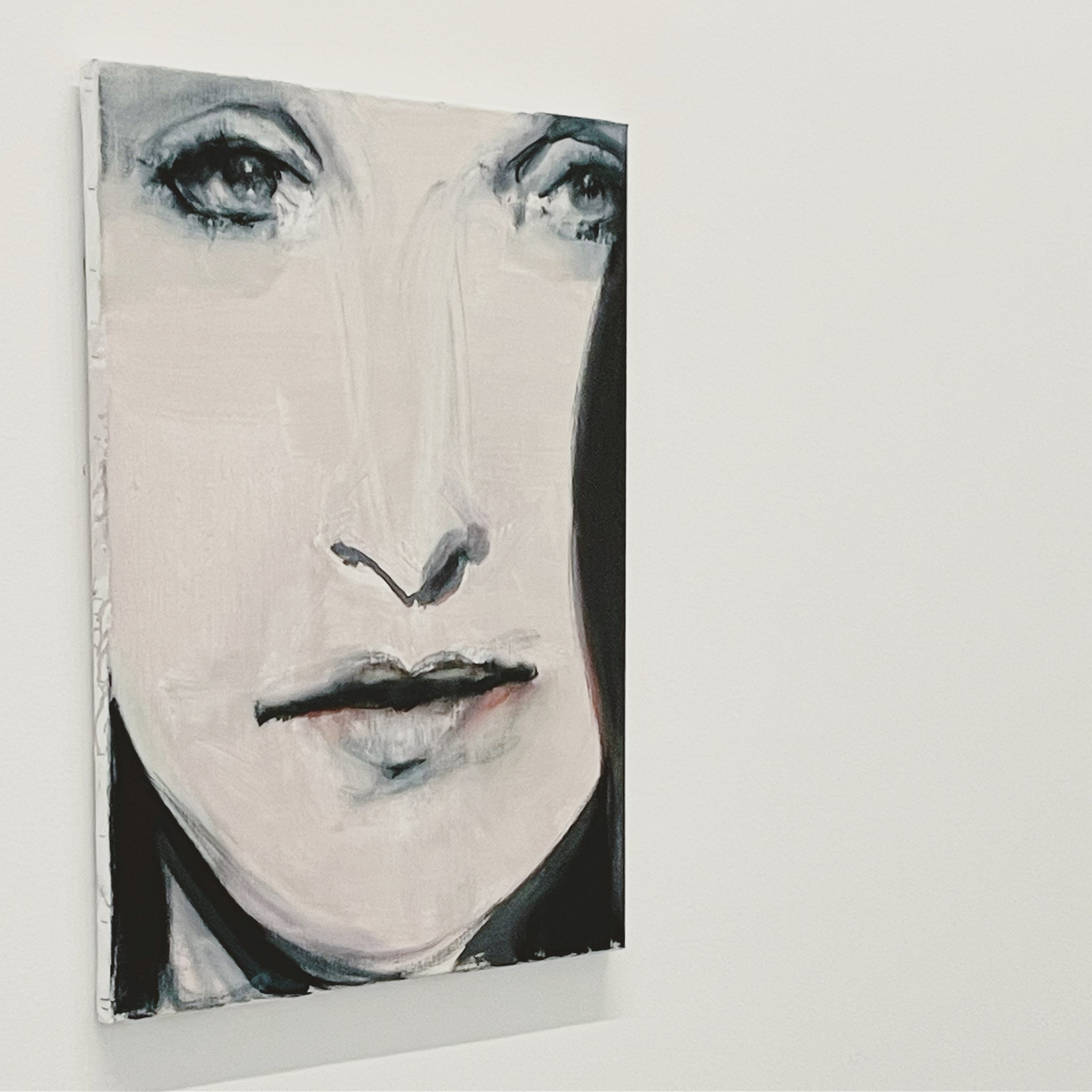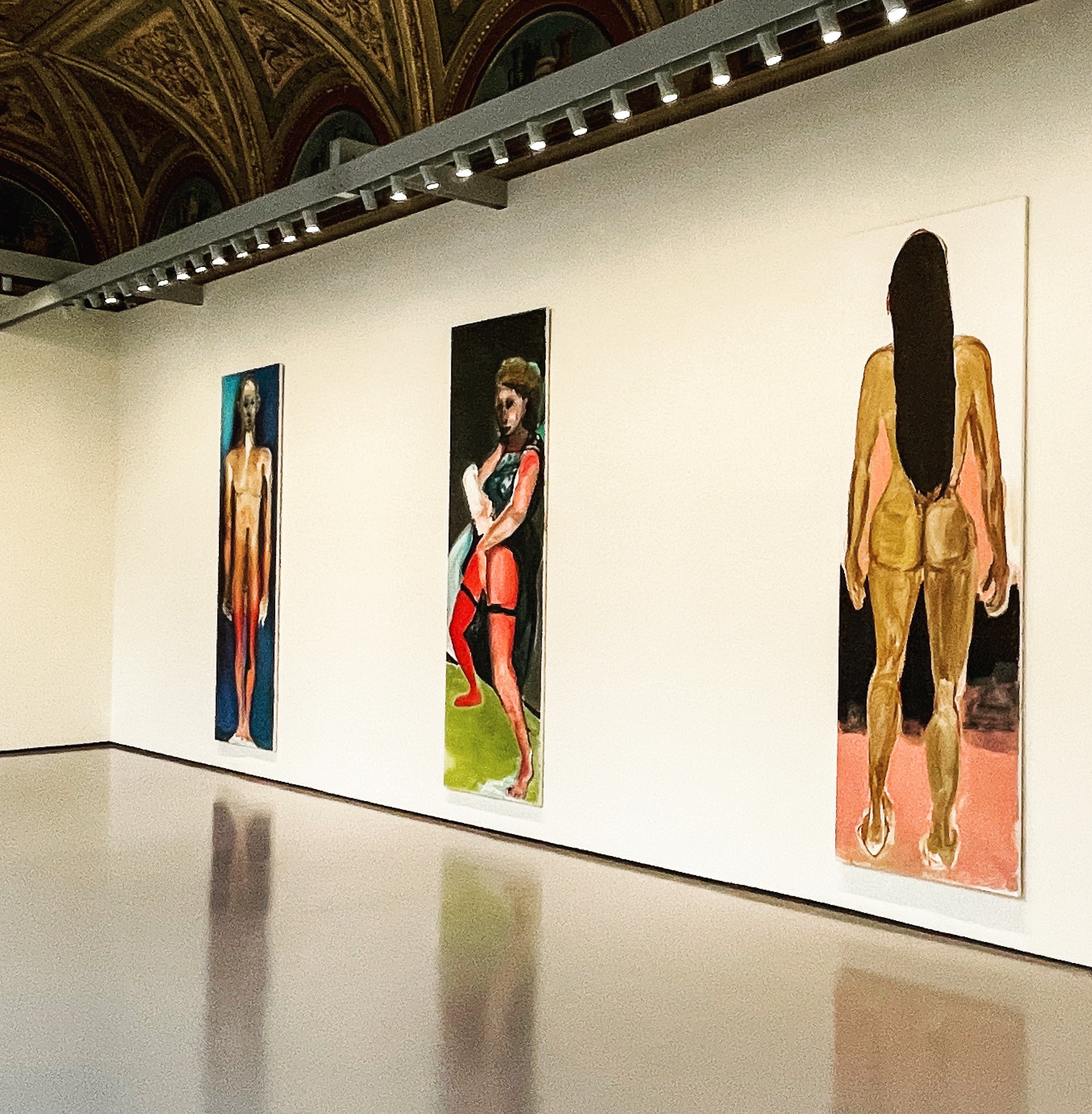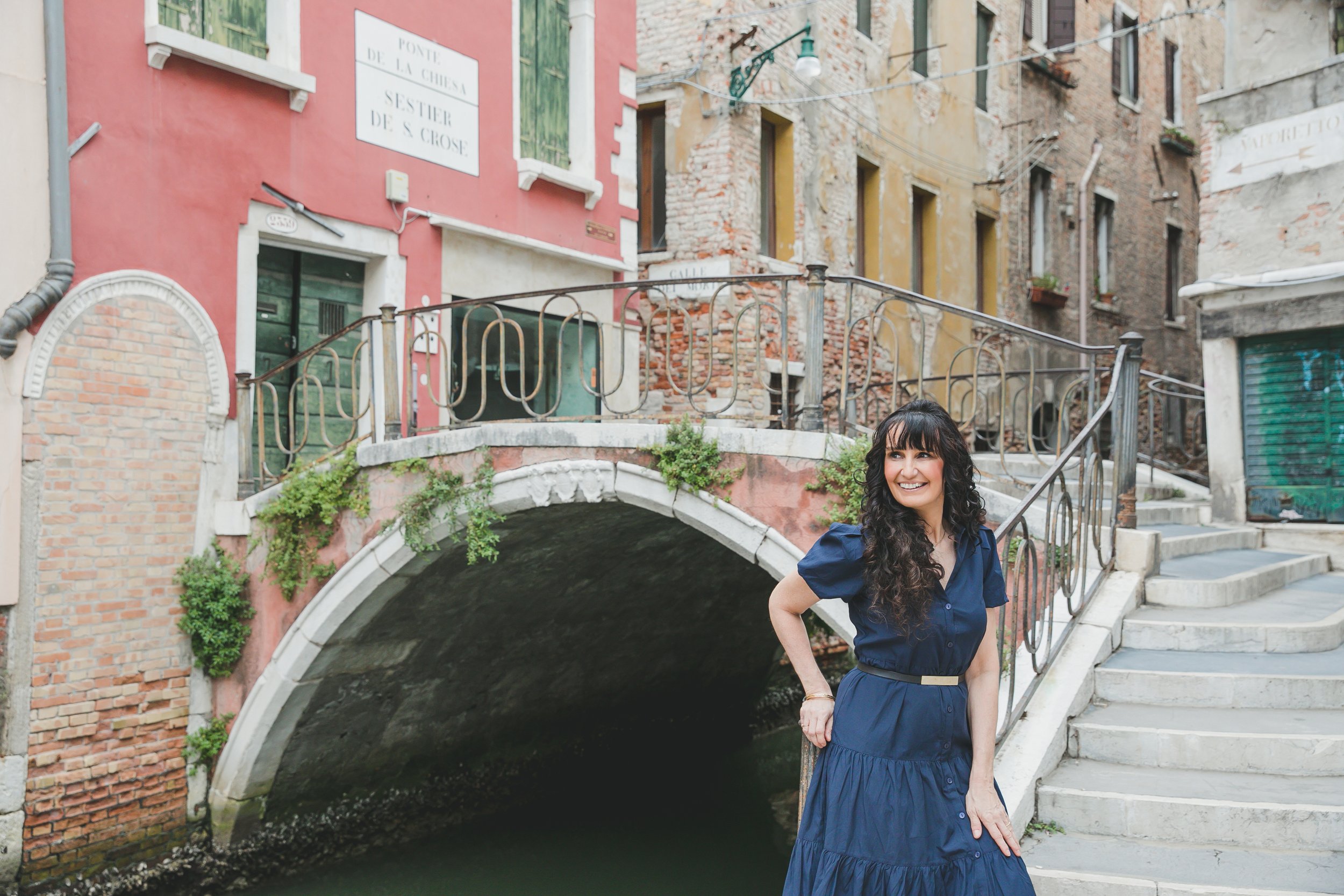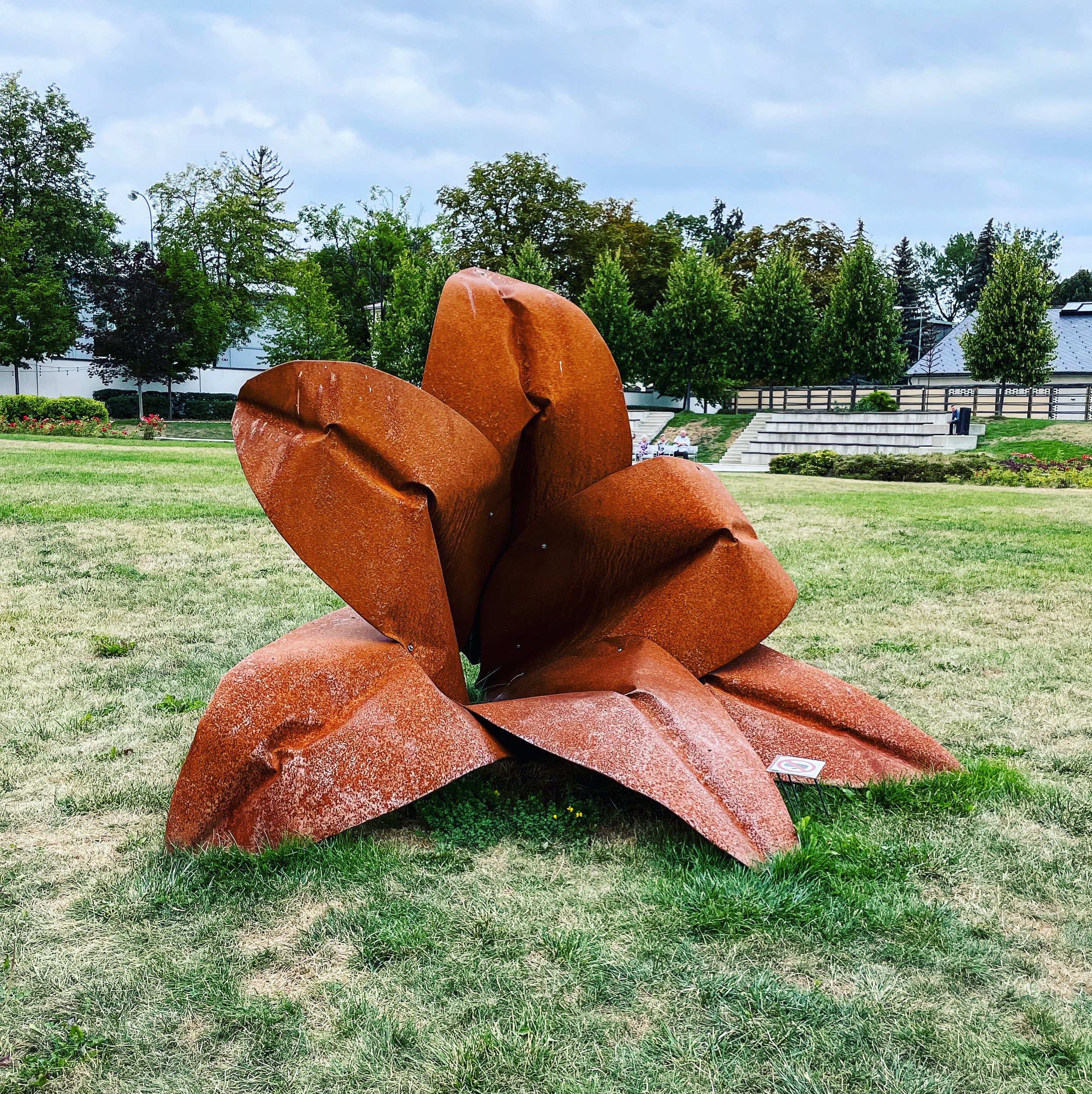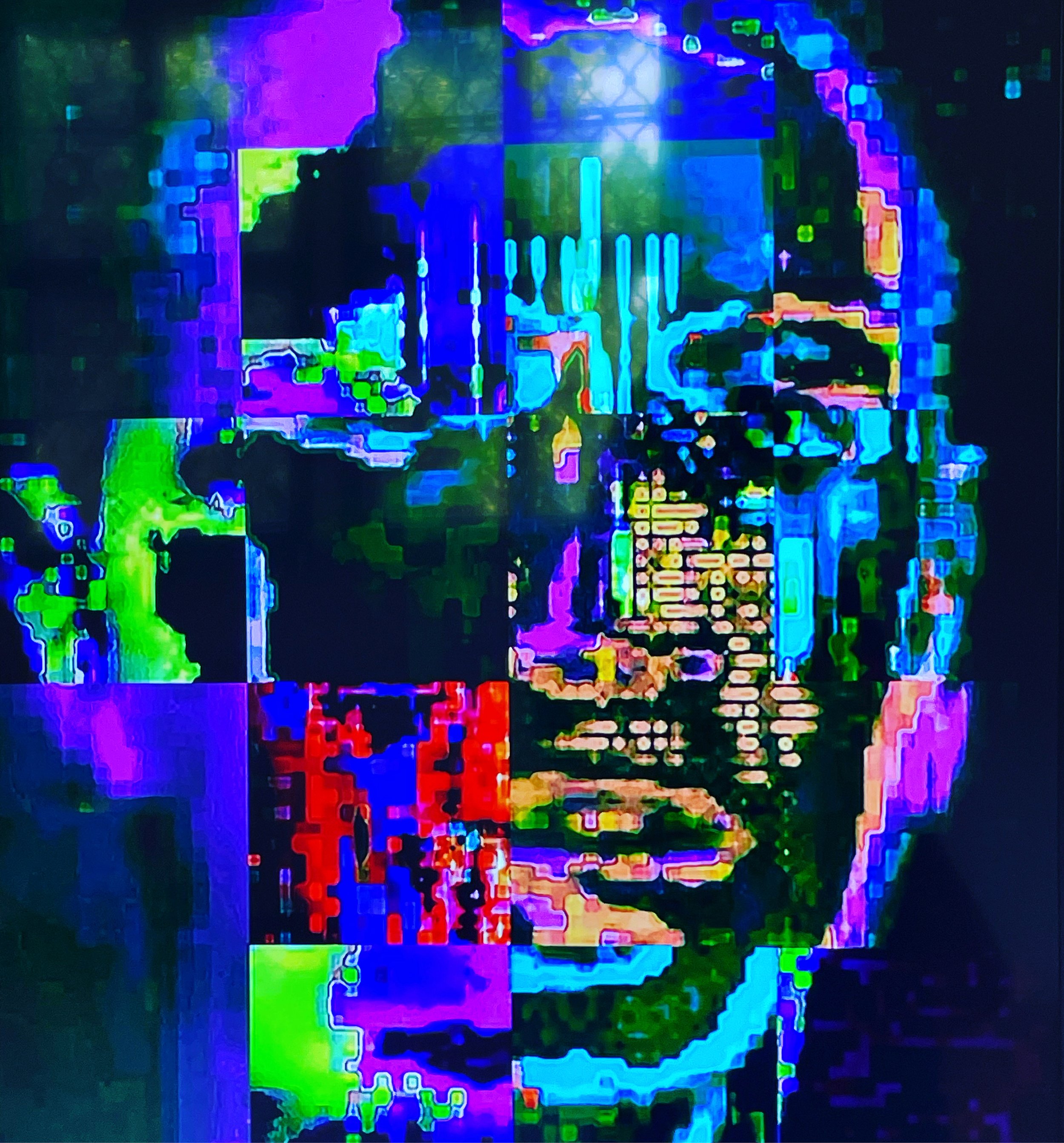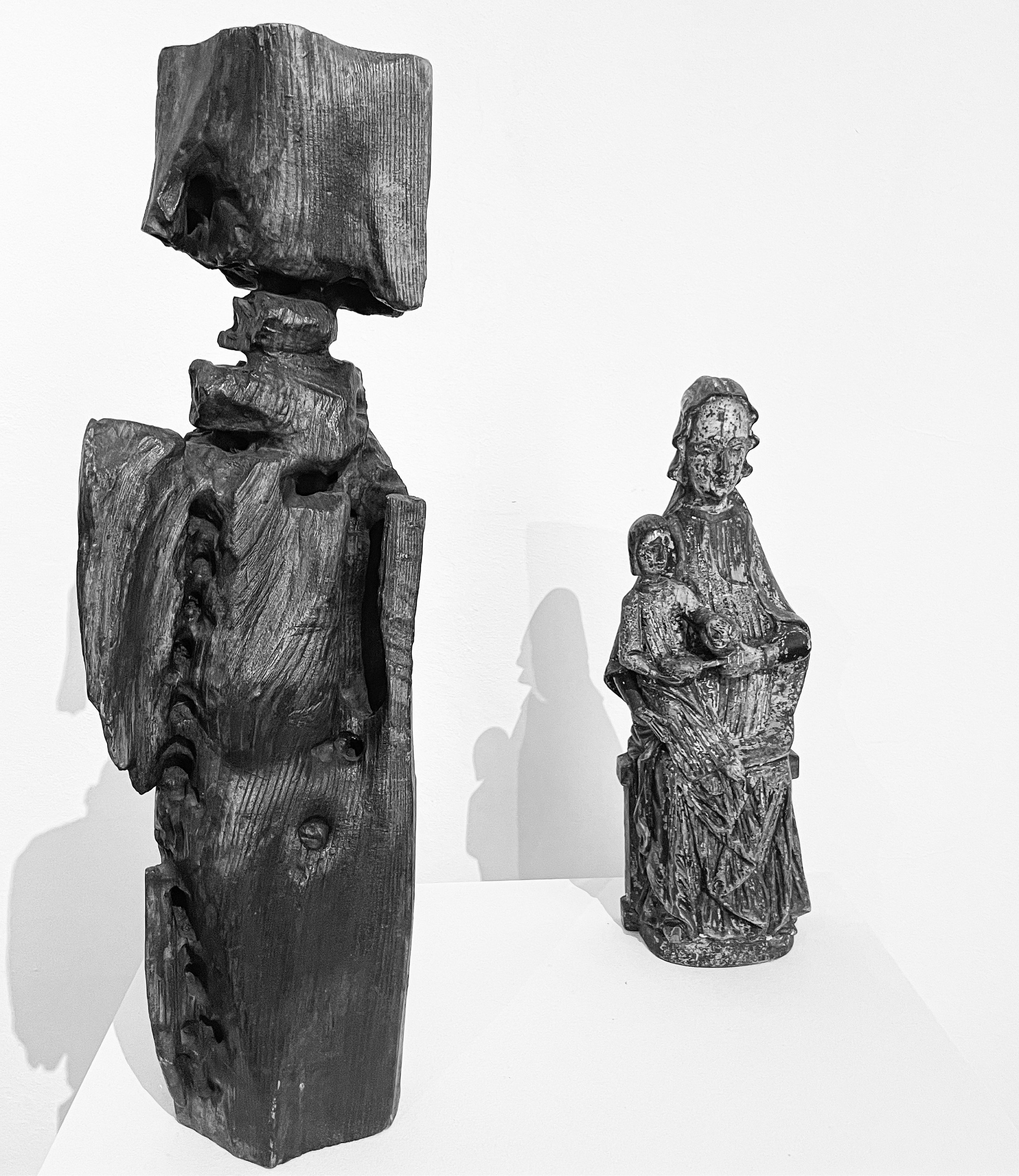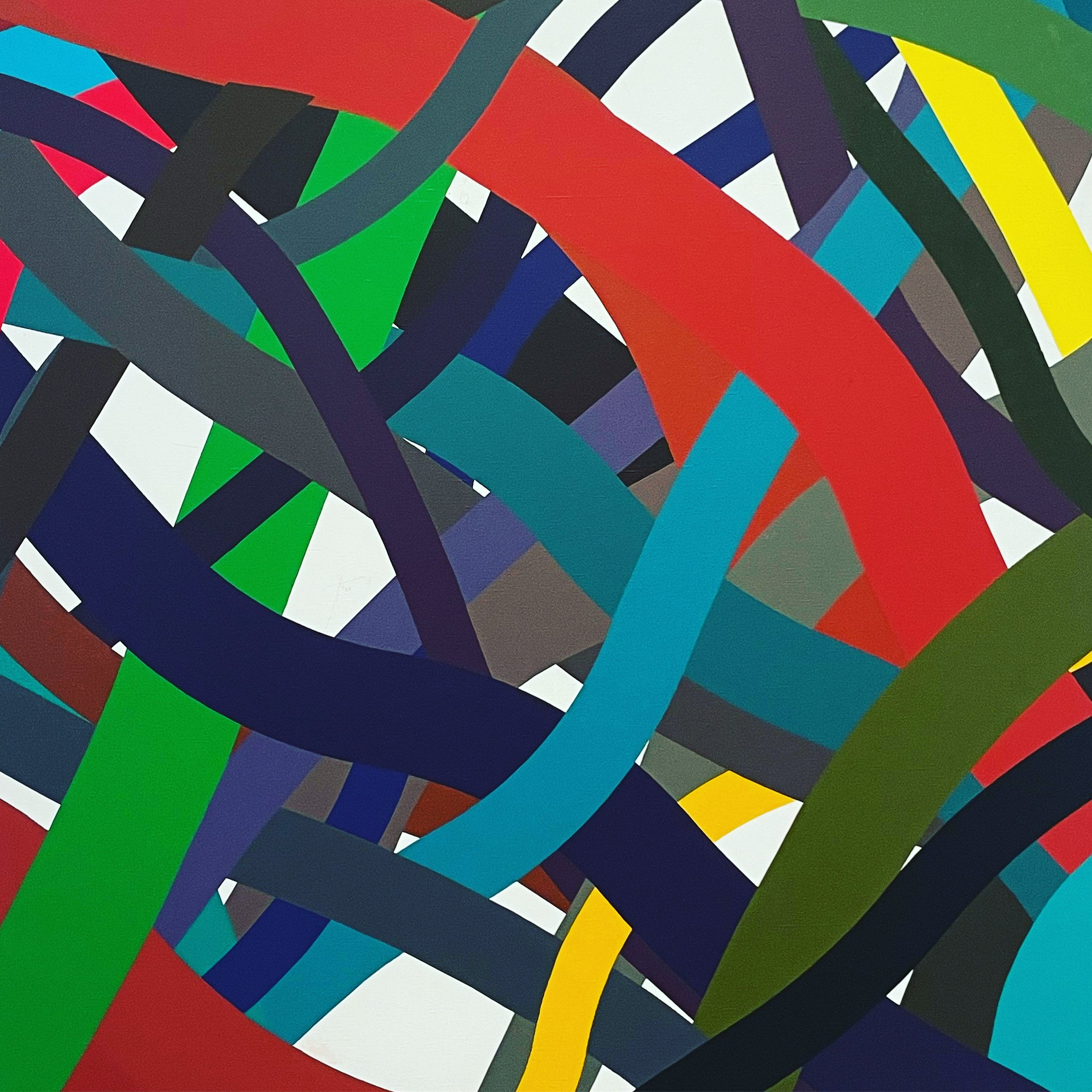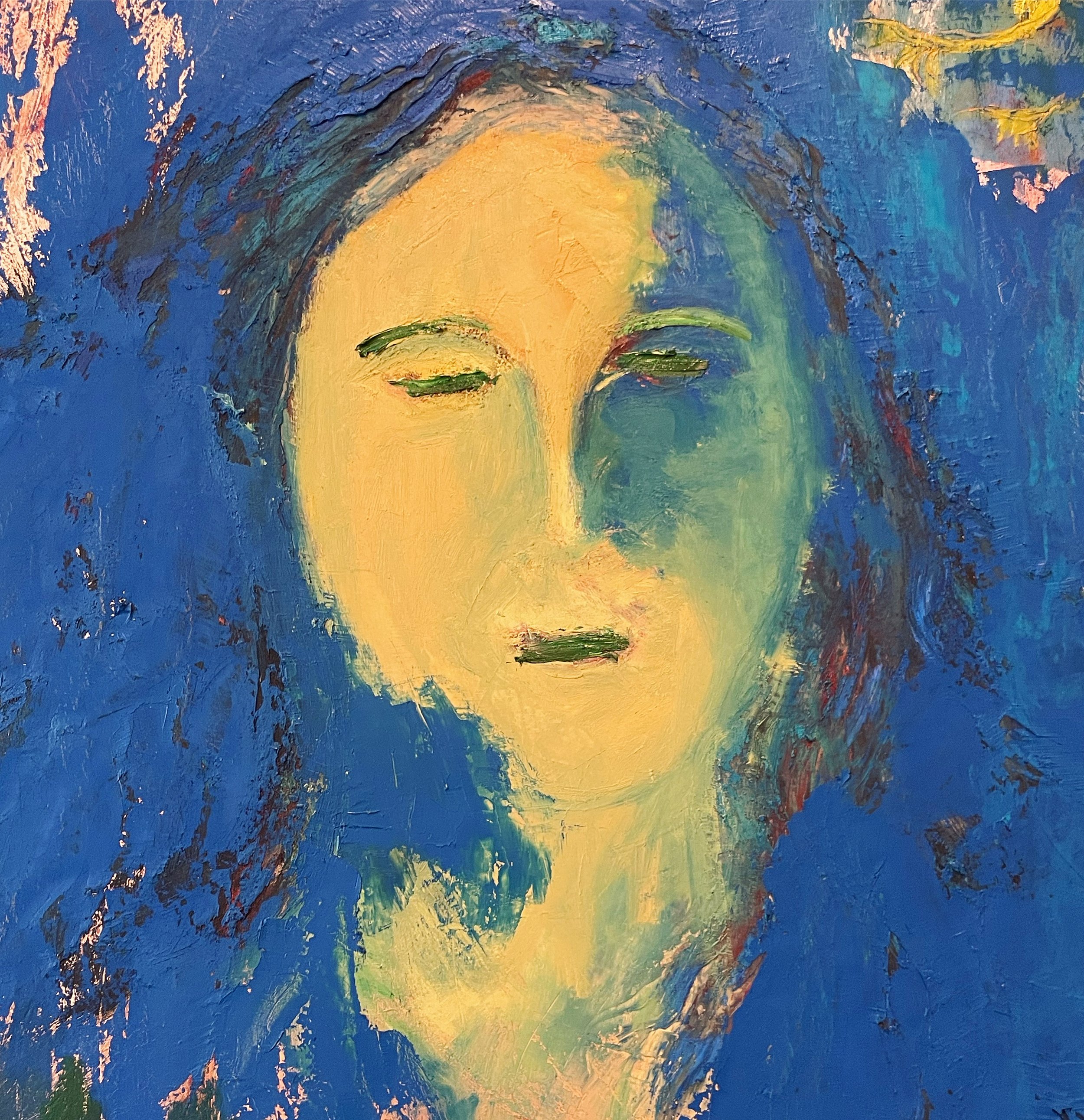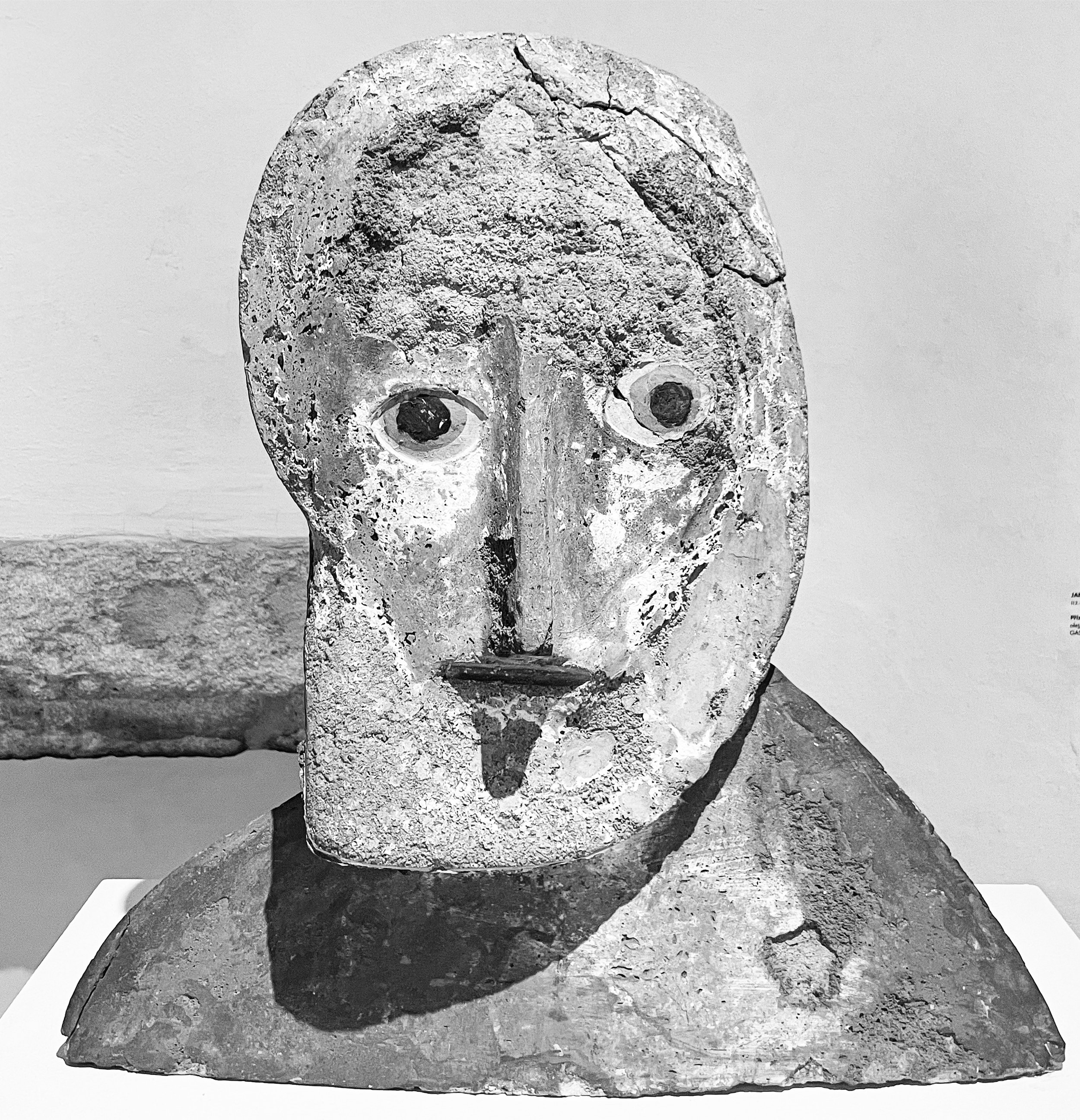STRUCTURE, IN SPLENDID COLOR
Rasheed Araeen painting, detail
Sometimes it’s not you seeking out the art. Sometimes it’s the art itself that pulls you in. And that’s exactly what happened when I walked past the Aicon gallery on Great Jones street and saw the brightly colored art of Rasheed Araeen inside. I had to step in and check it out.
PRECISION AND STRUCTURE, WITH FLEXIBILITY
The name may not ring a bell but I am pretty sure you have seen Araeen’s work before. Maybe at the Tate Modern, or perhaps at the MoMA? His colorful geometric lattice-like structures are pretty ubiquitous in the big museum collections. What differs is the composition. Are they arranged horizontally? Vertically? How many are there? Like legos, these pieces leave room for imagination and play.
COLORS. BLOCKS OF COLORS.
Rasheed Araeen was born in 1935 in Karachi and moved to London in 1964. He trained as a civil engineer, but always wanted to be an artist. His structures may give you a window to his engineering past, but his bold paintings tell you the artist has the upper hand. Bursting with color, they include elements of Arabic philosophy and Islamic calligraphy, all anchored in strong geometric shapes and primary color palette. If you need a jolt of energy on a cold late fall afternoon, you’ve come to the right spot.
Colorful painting by Rasheed Araeen

